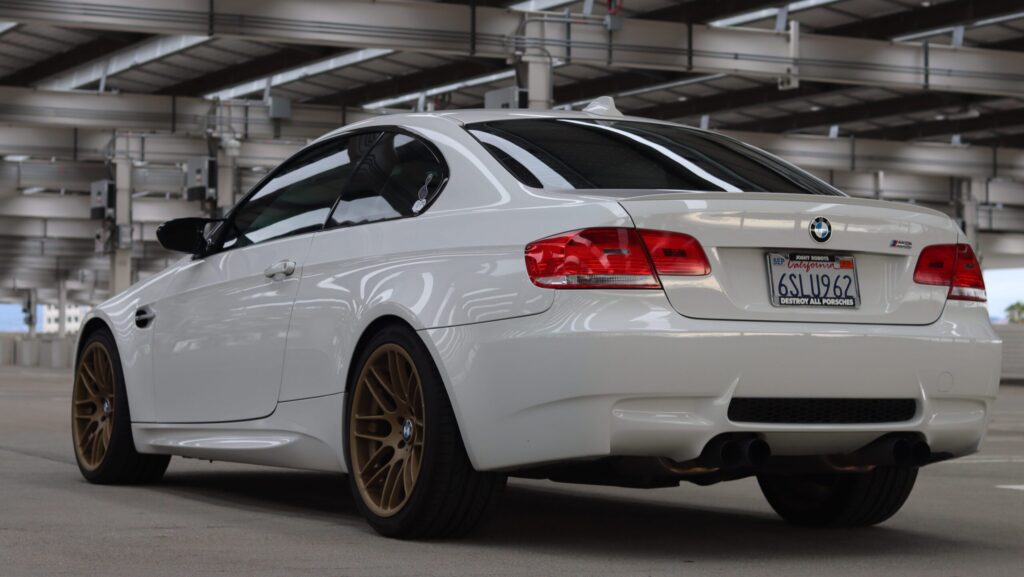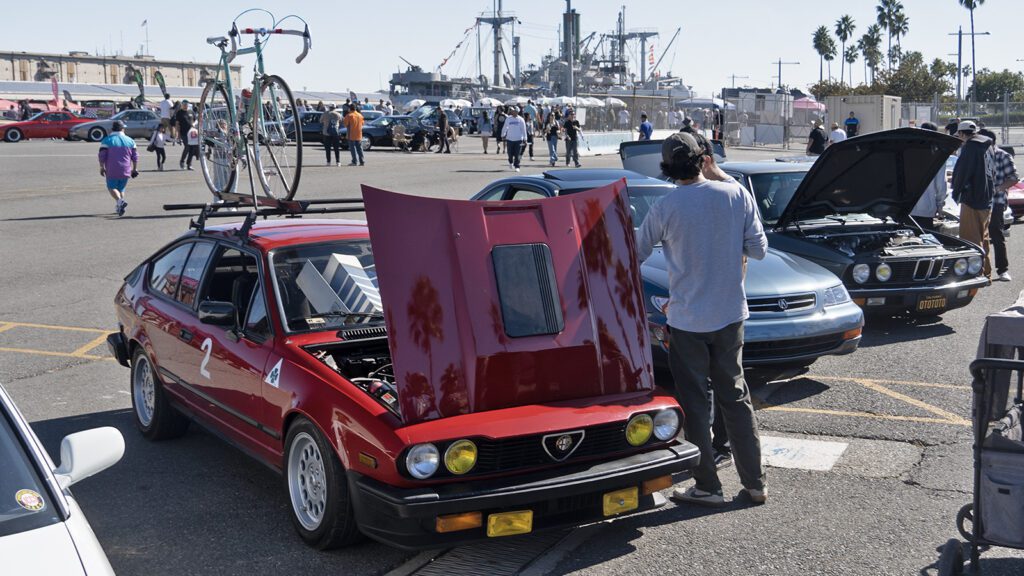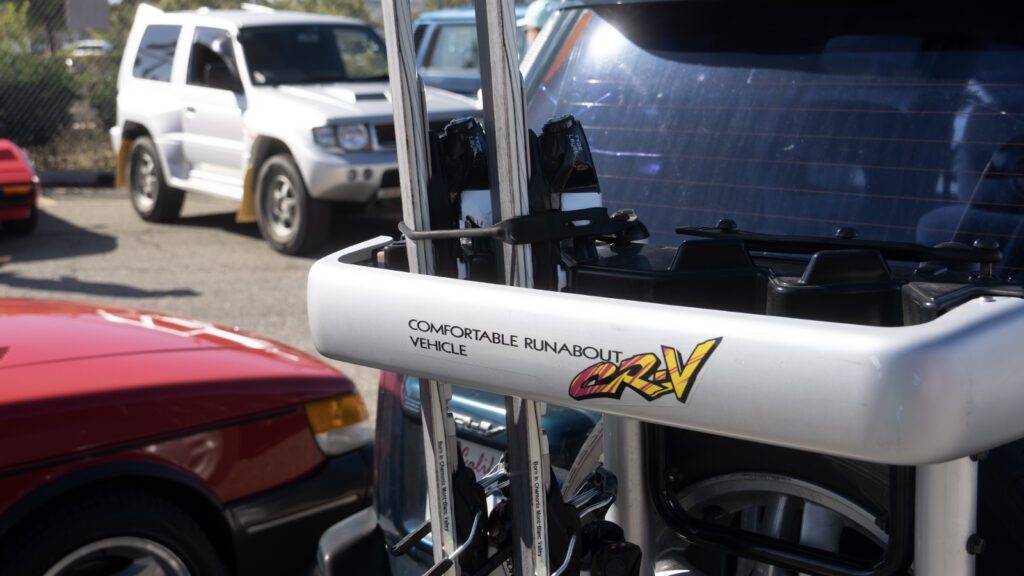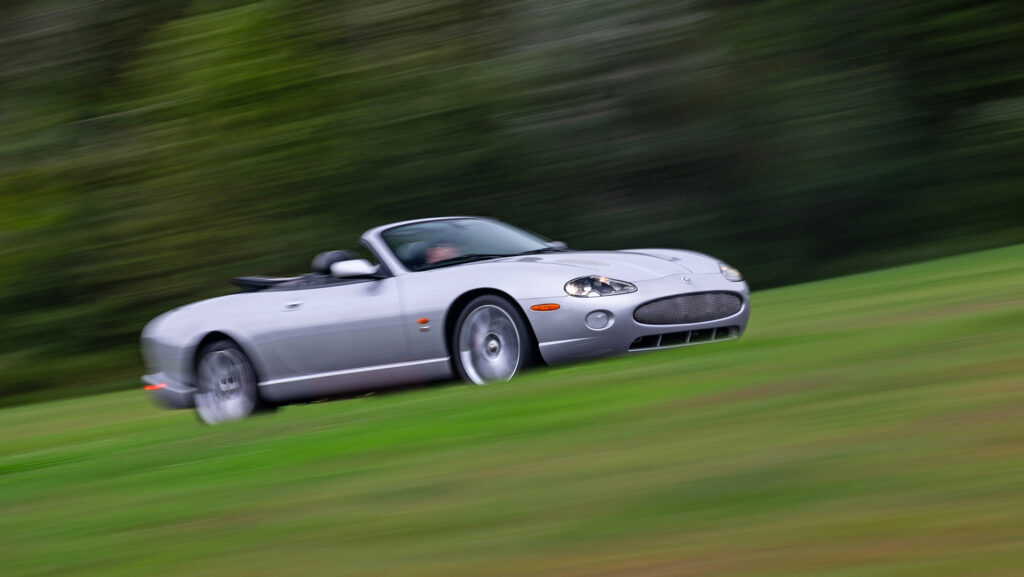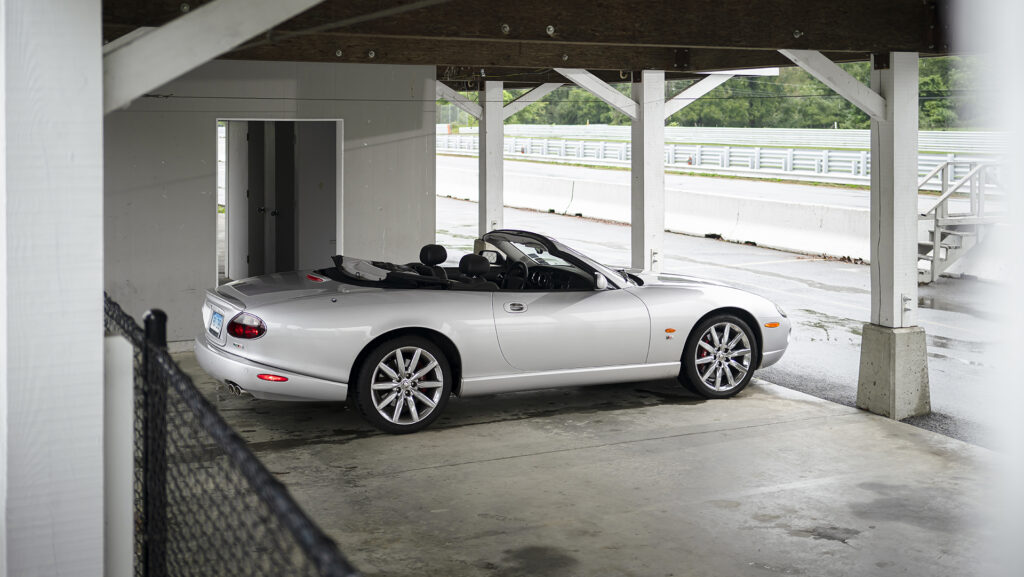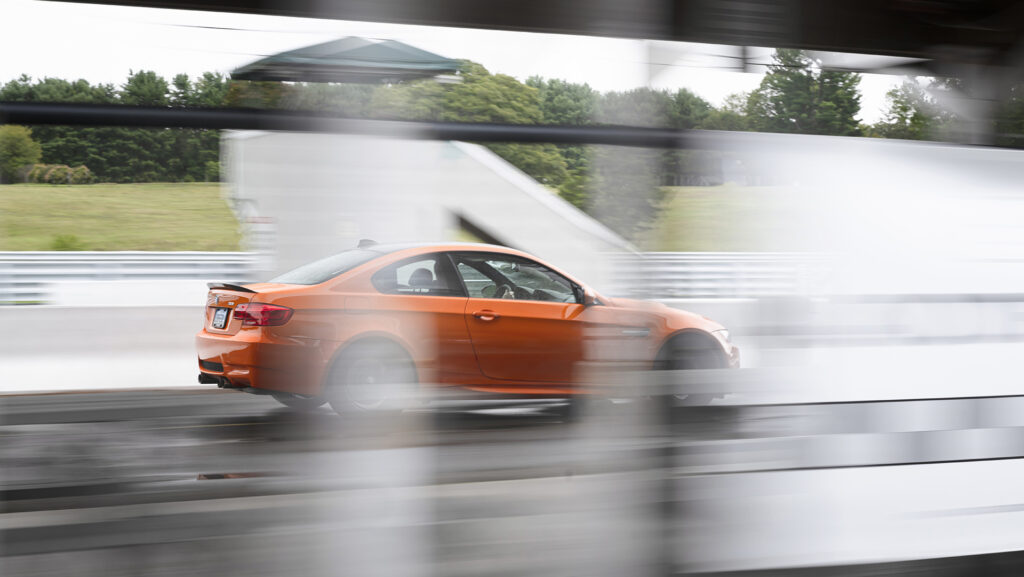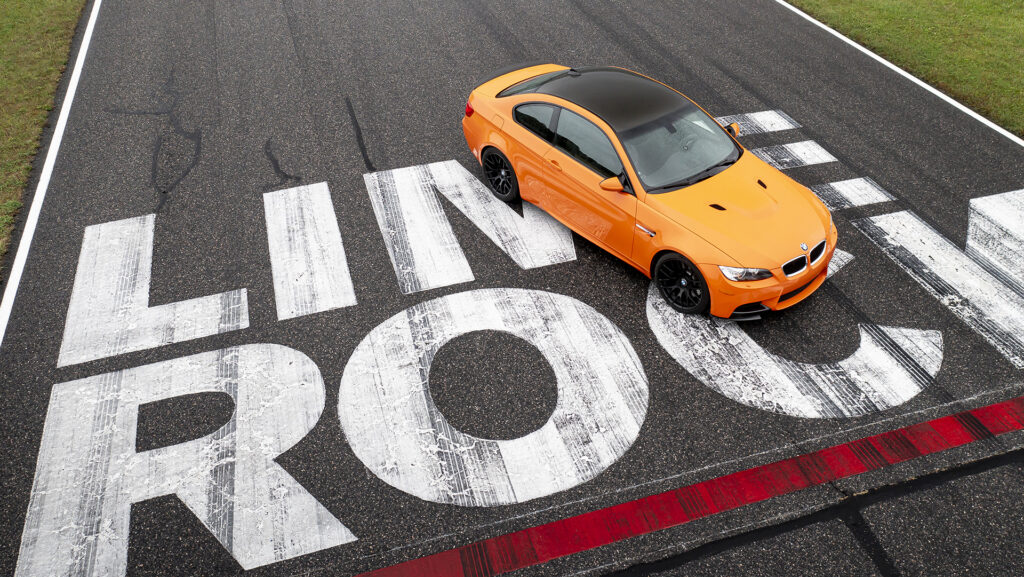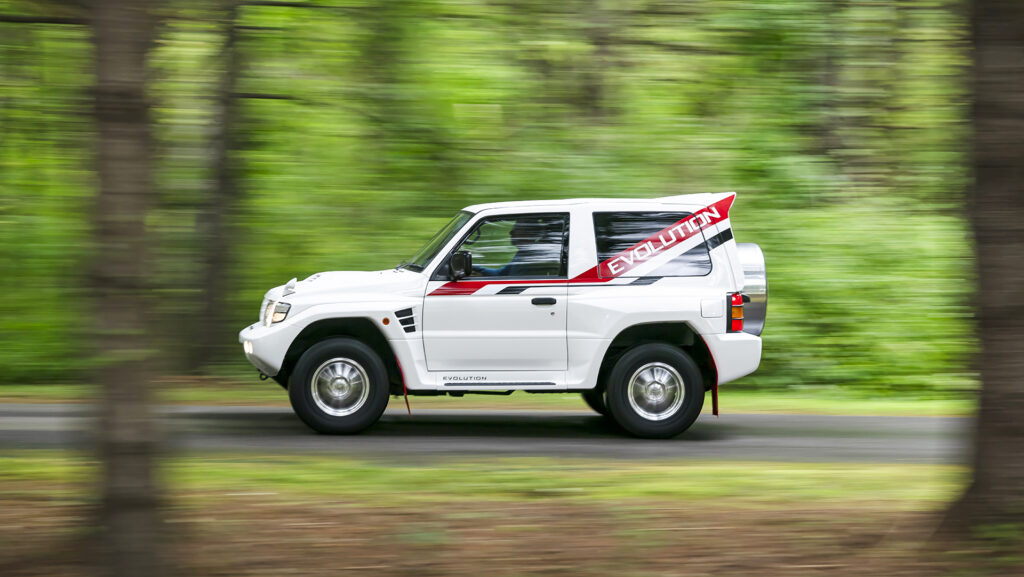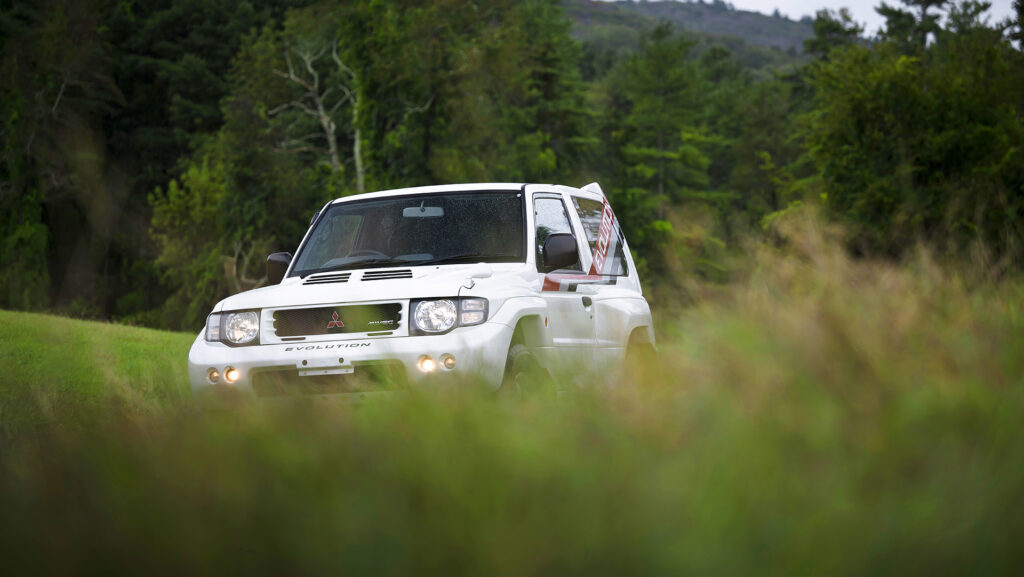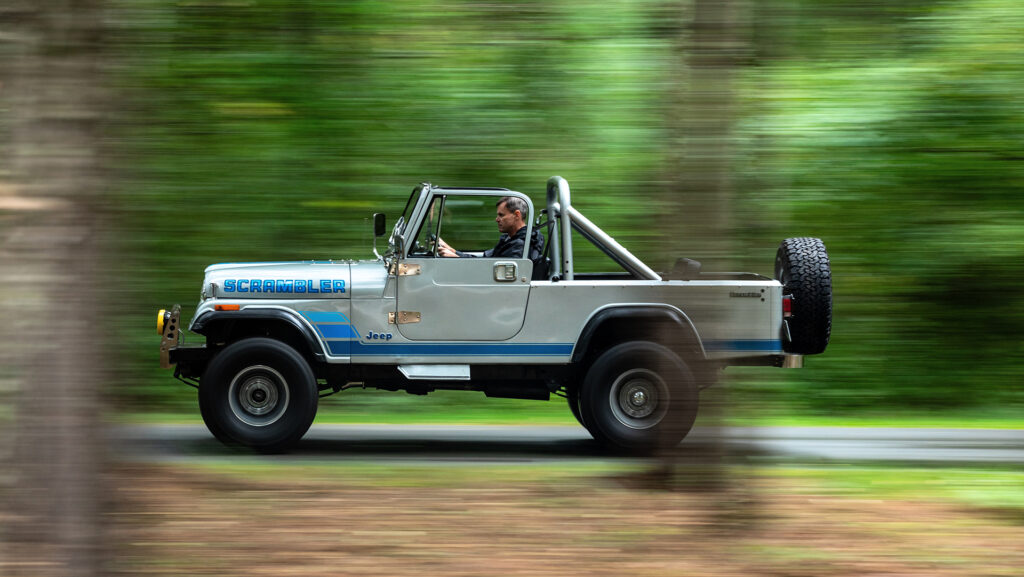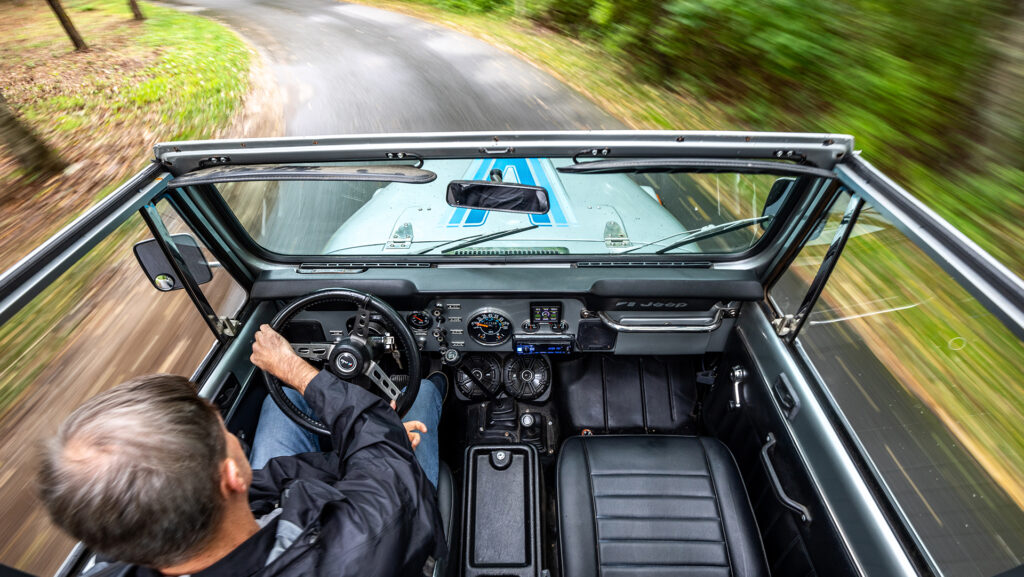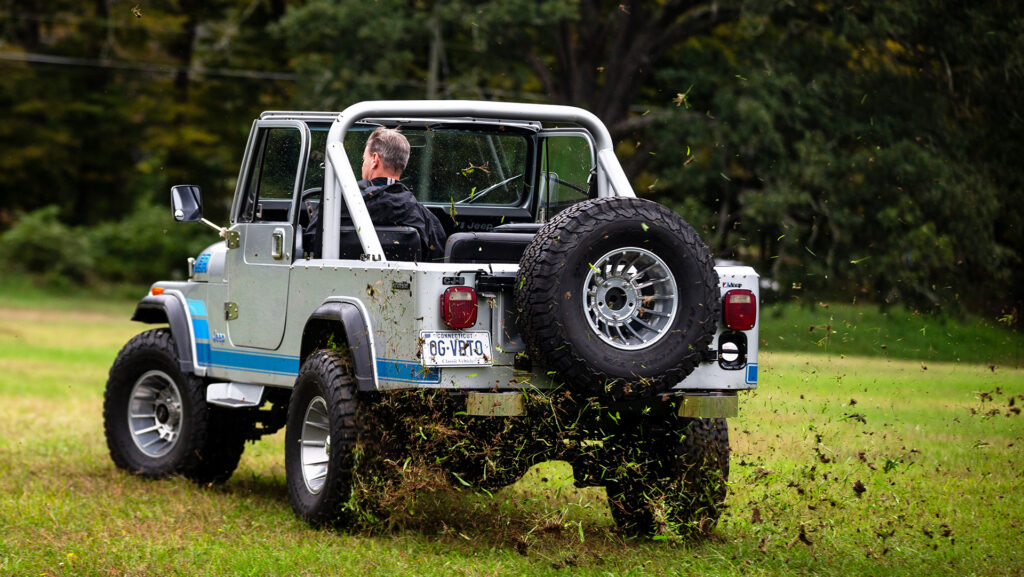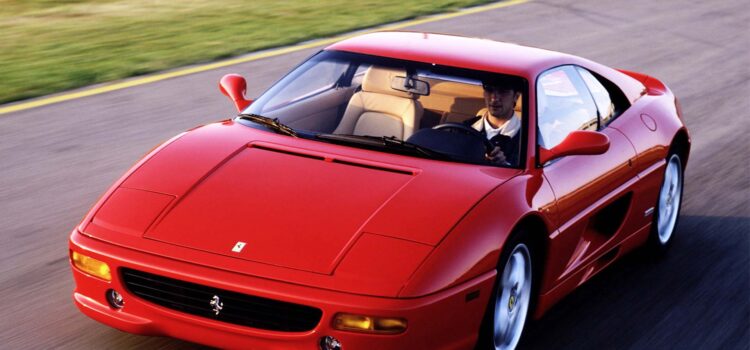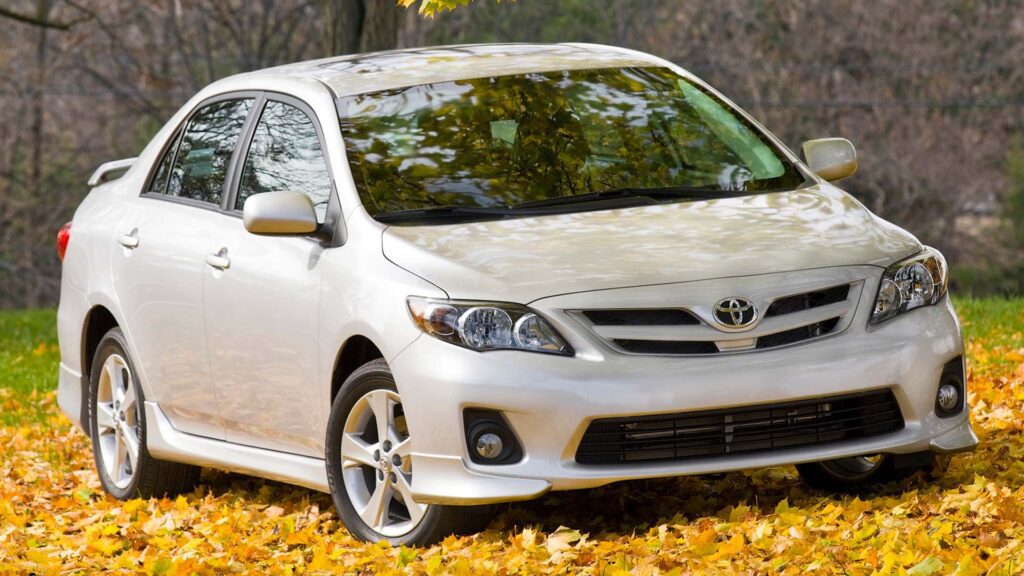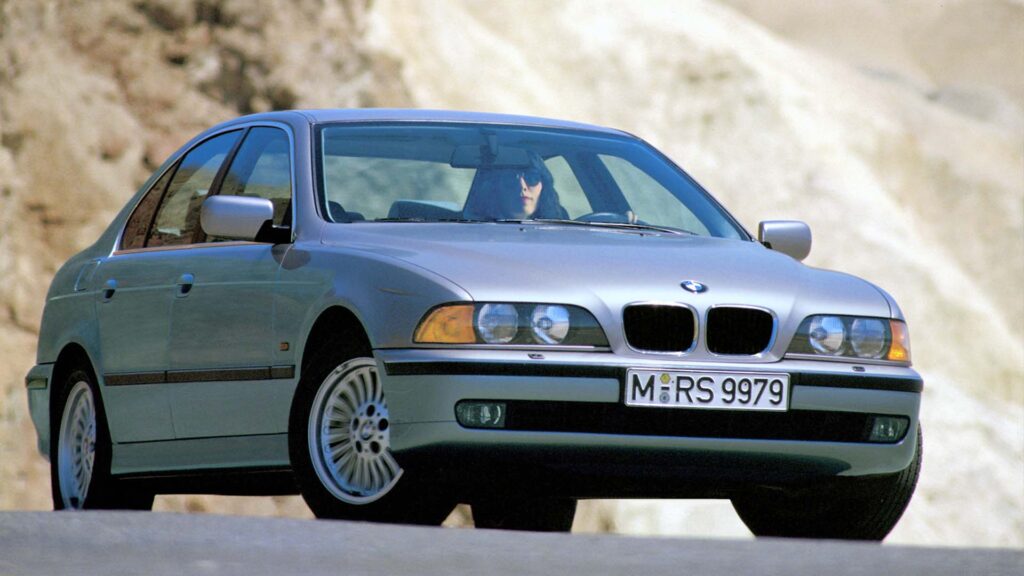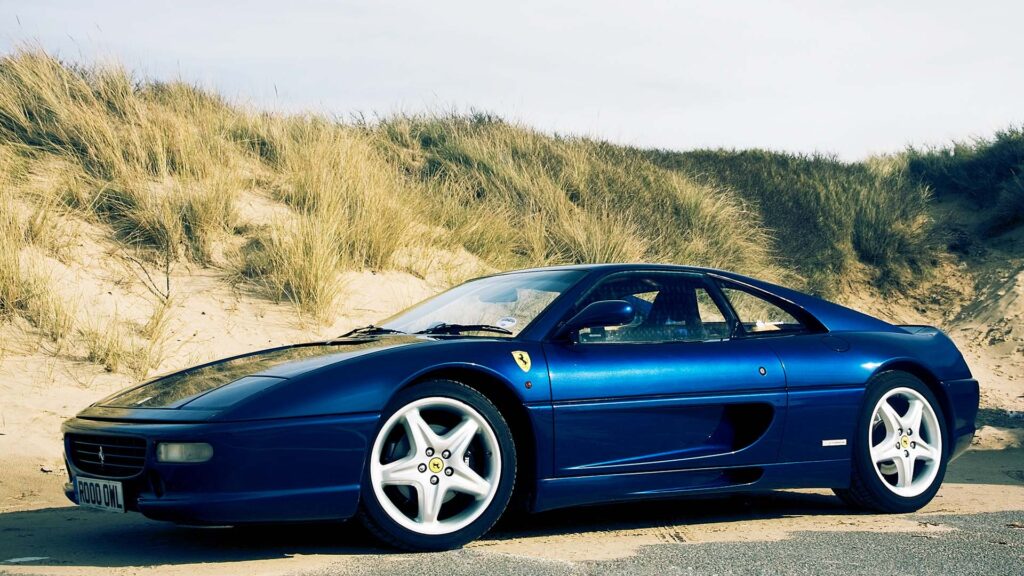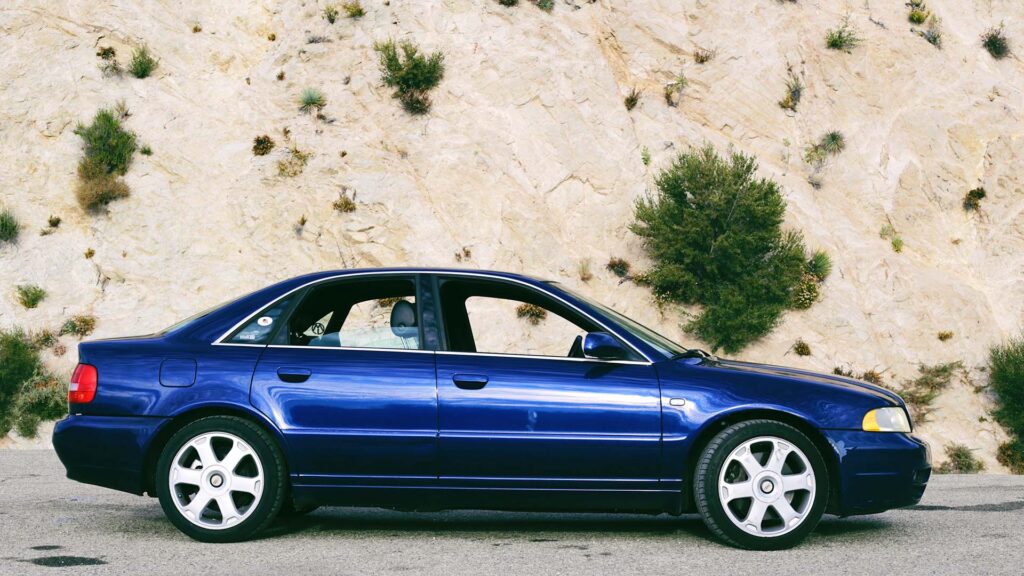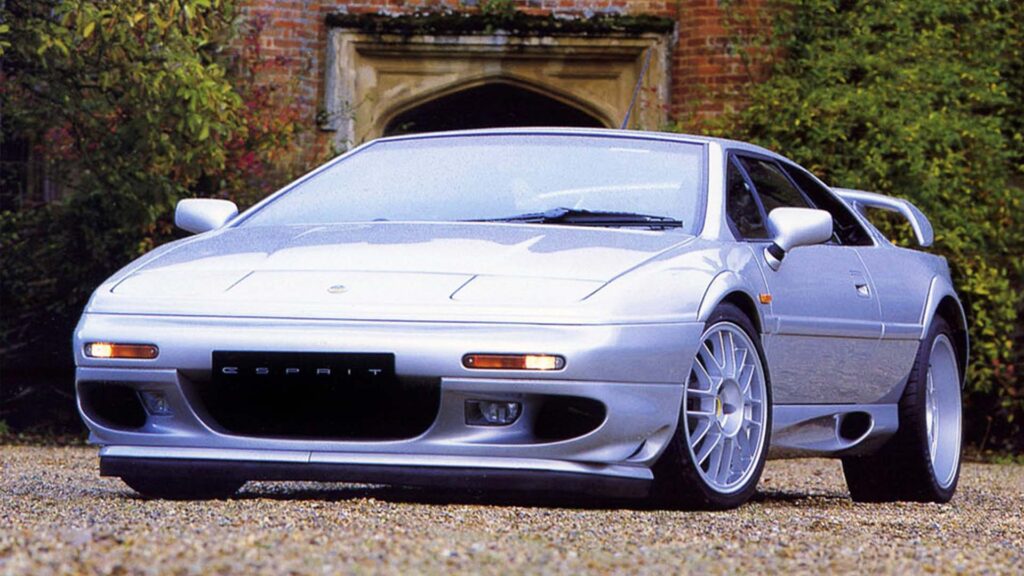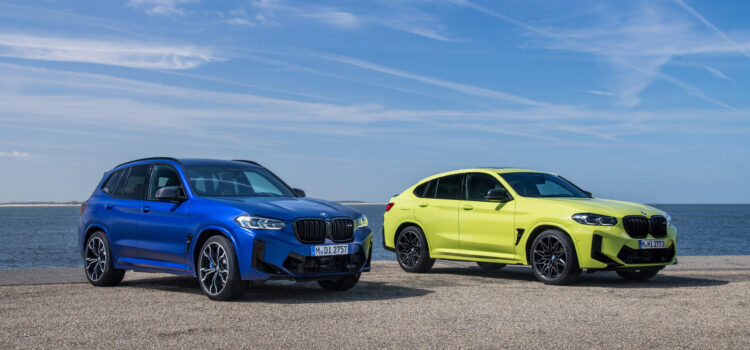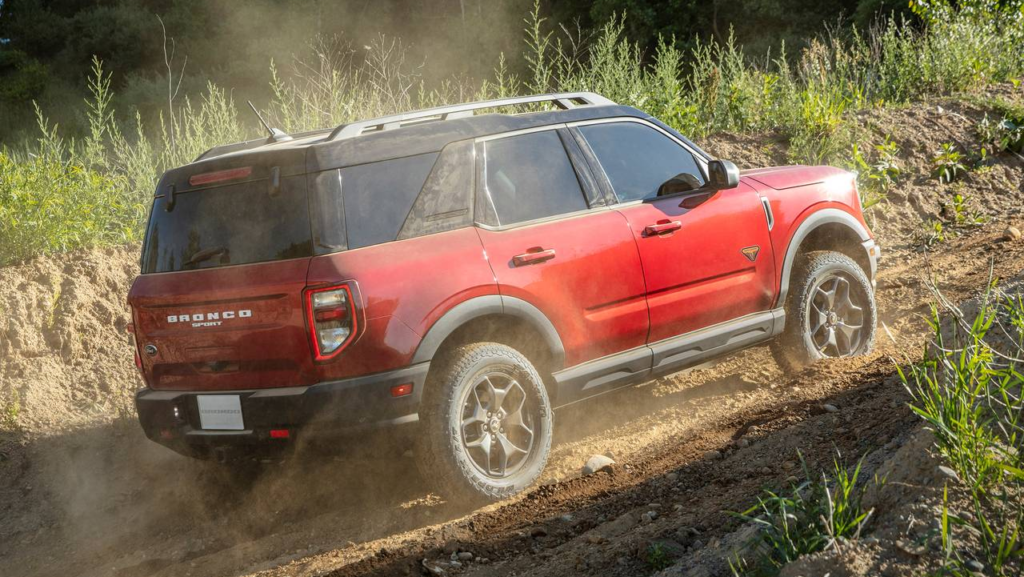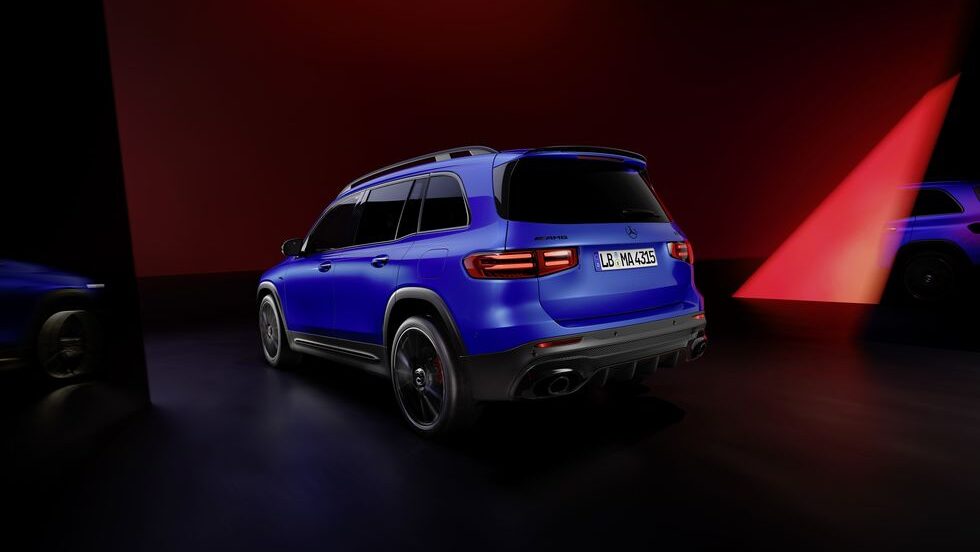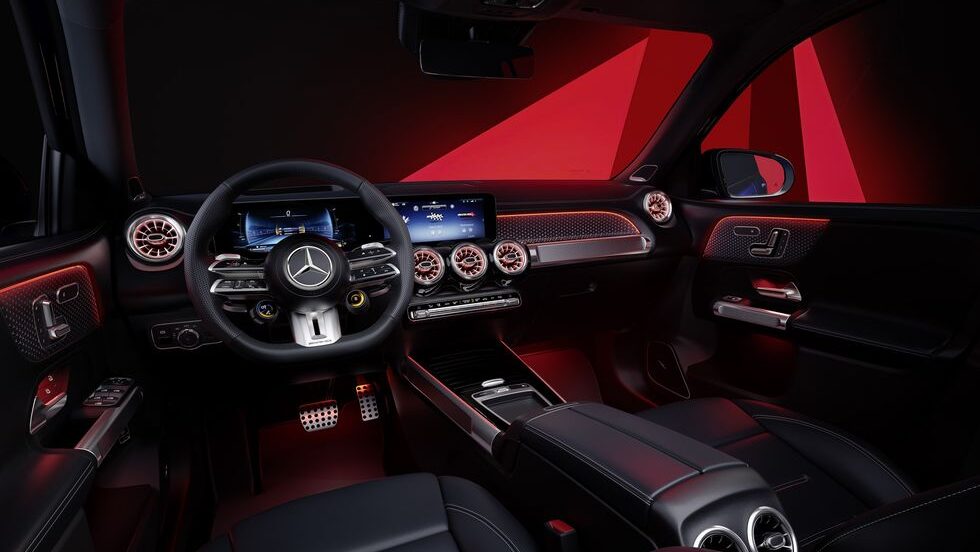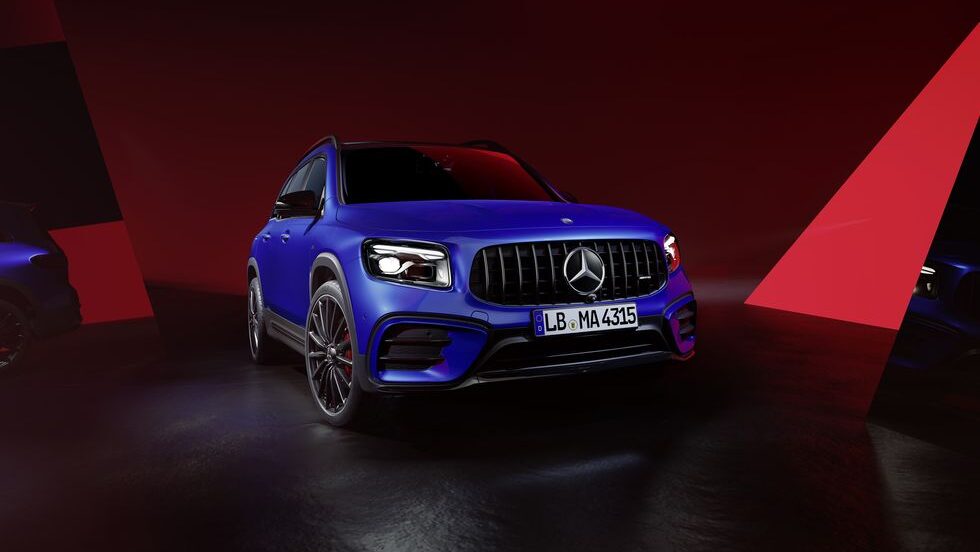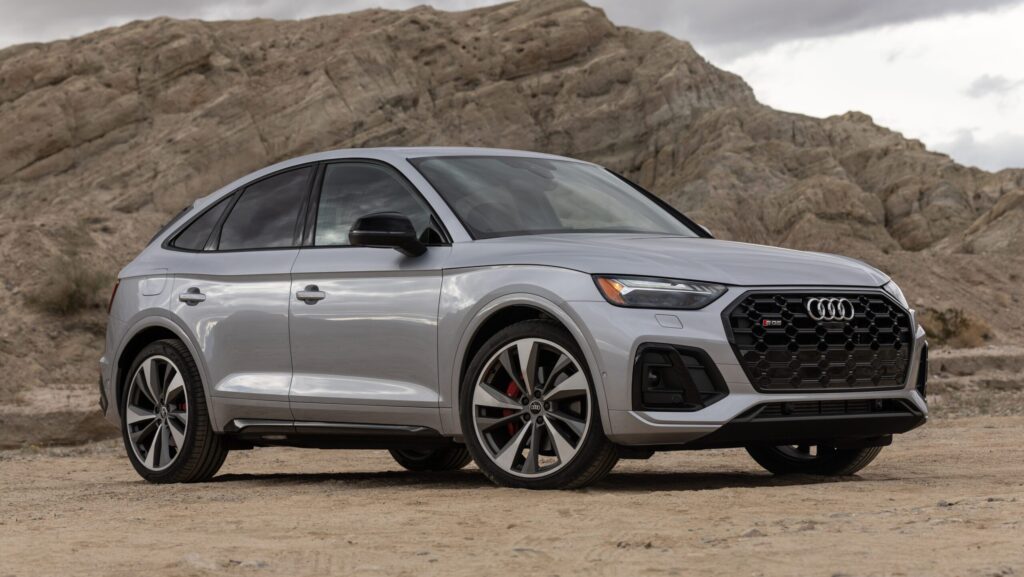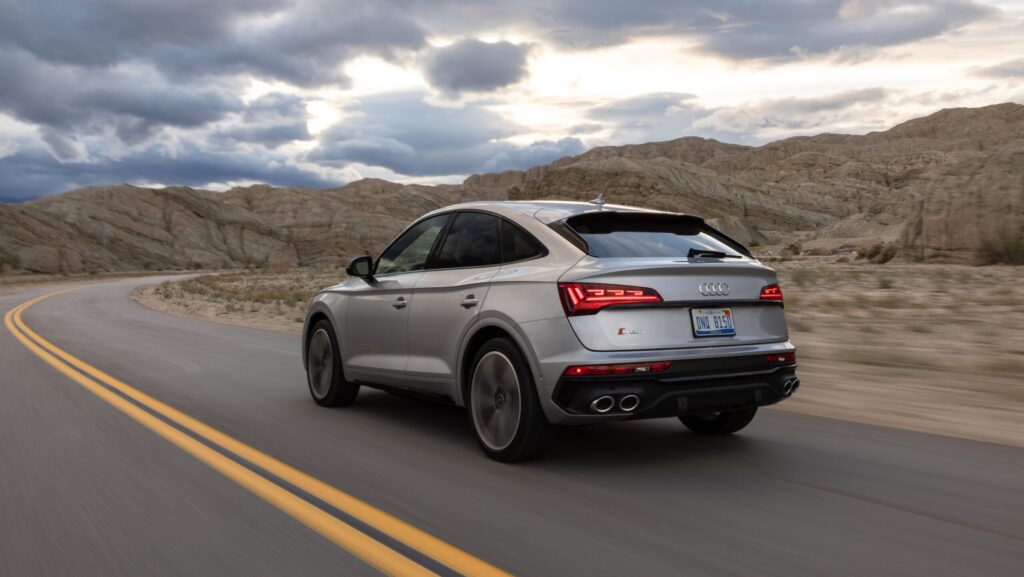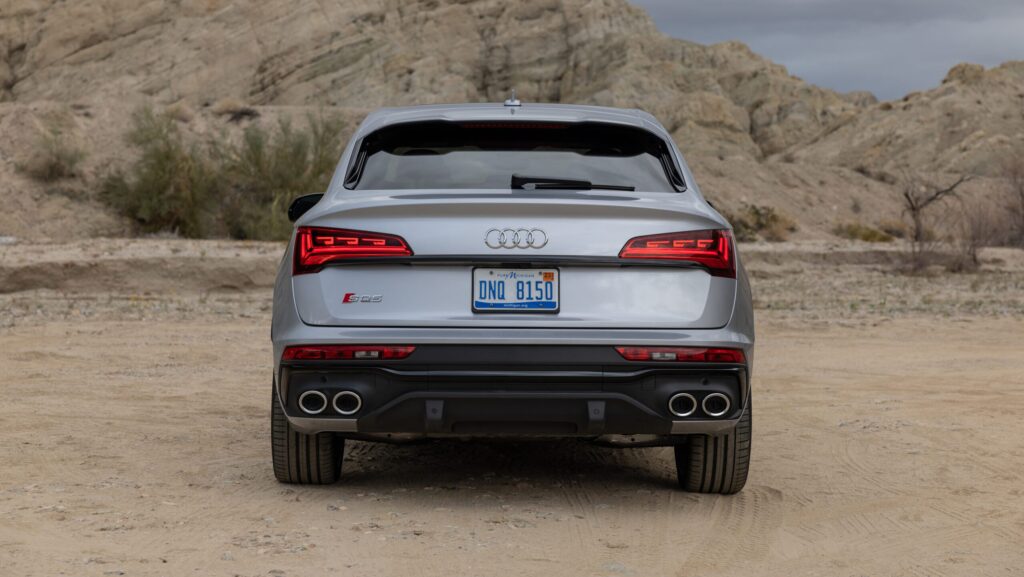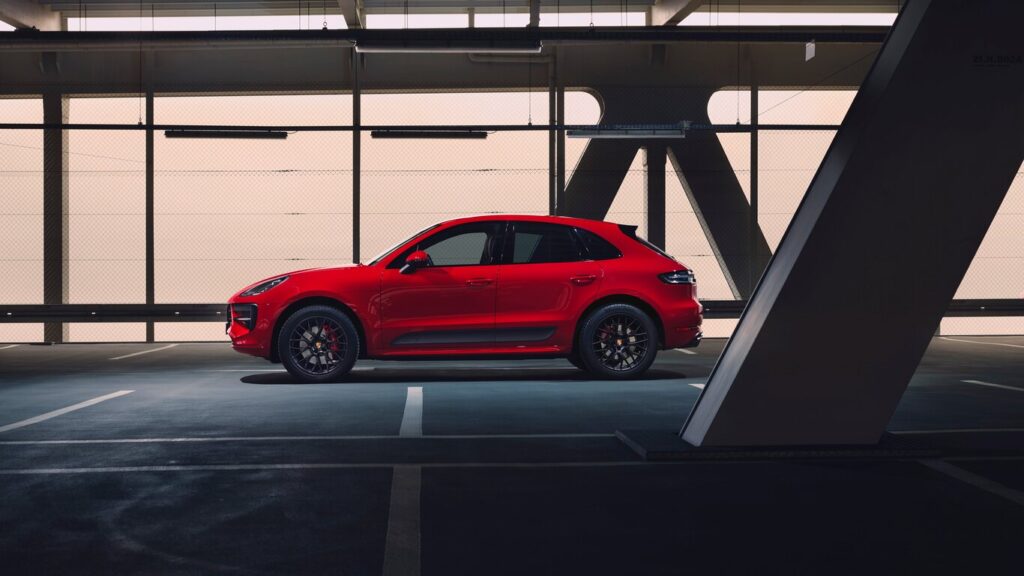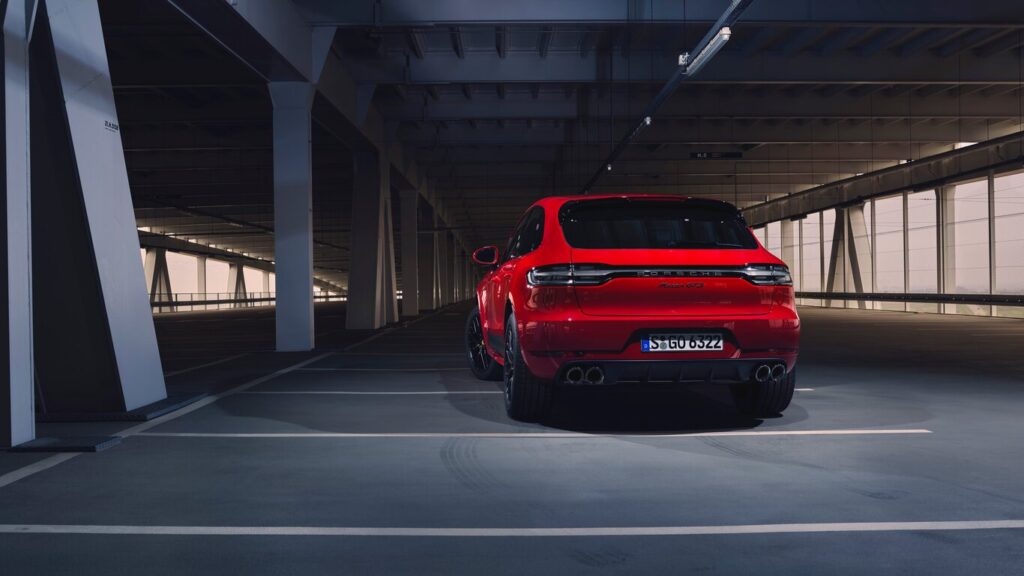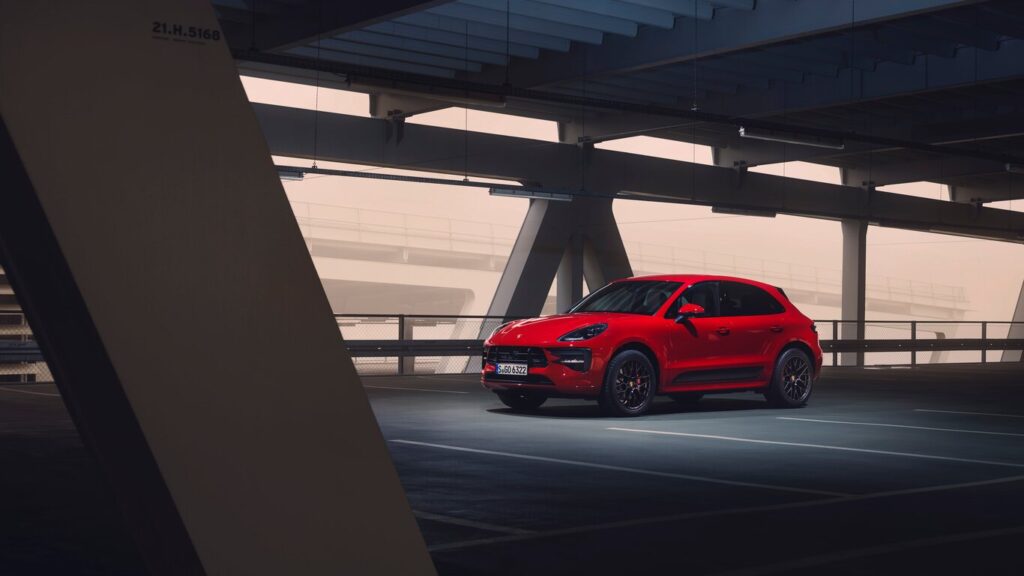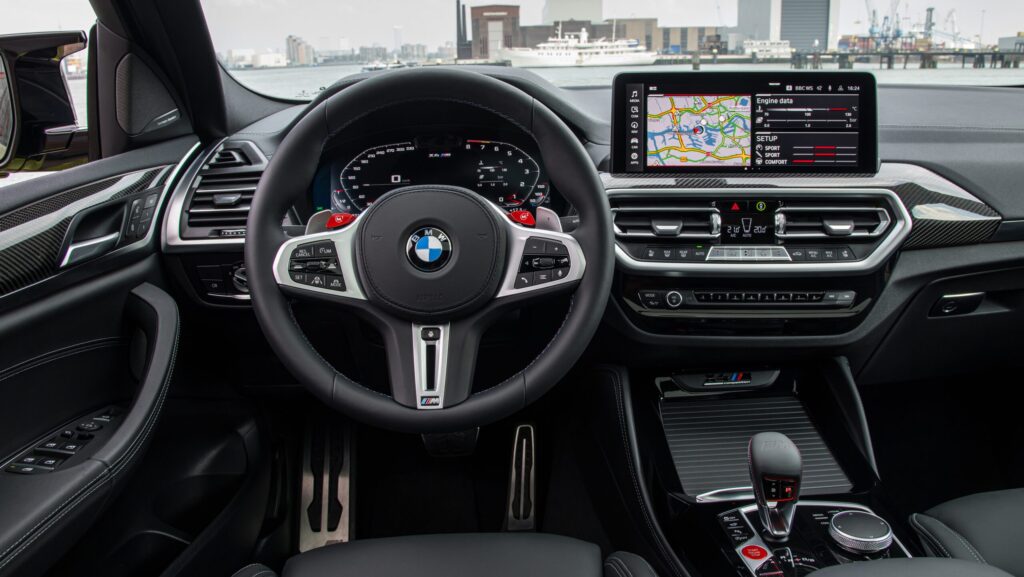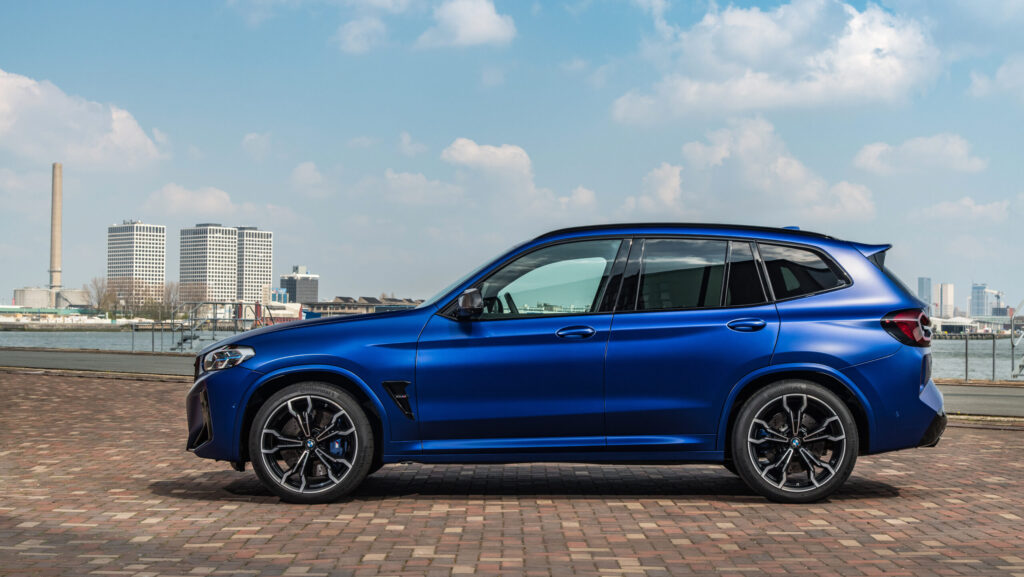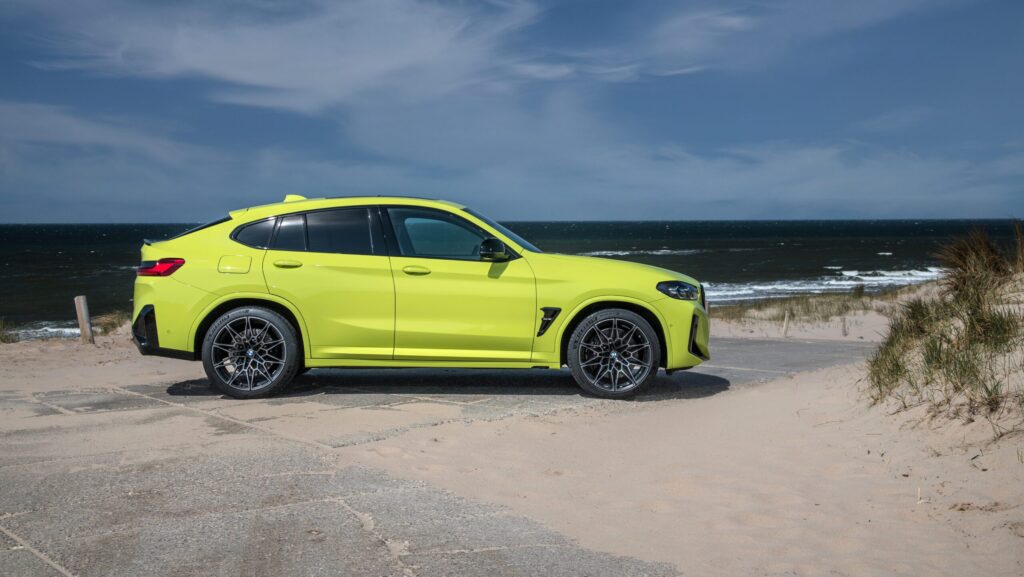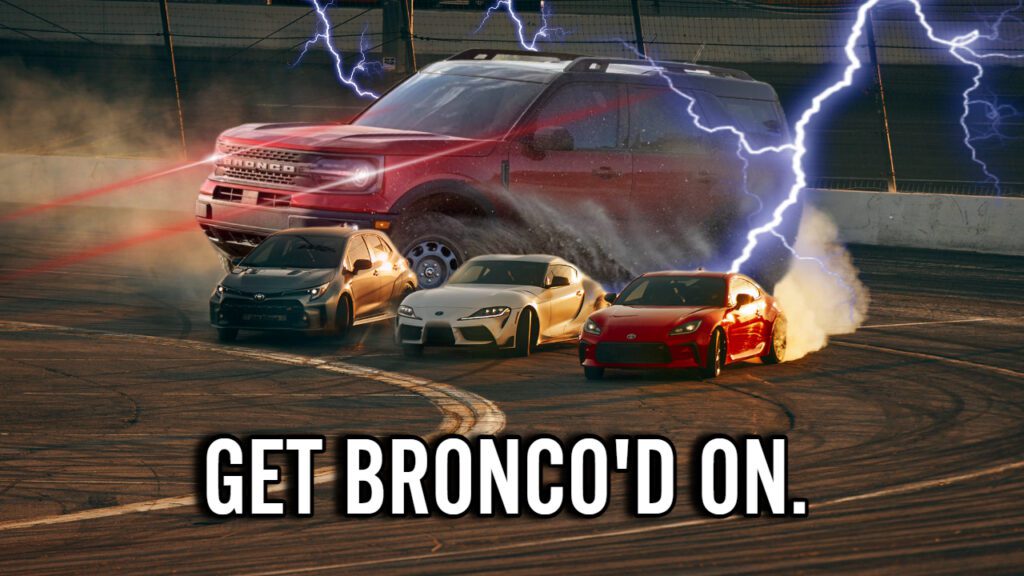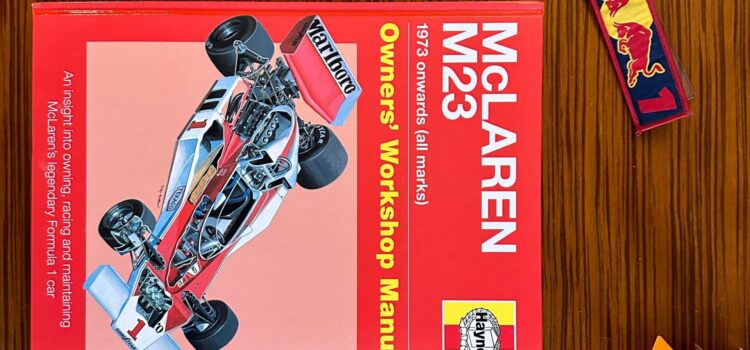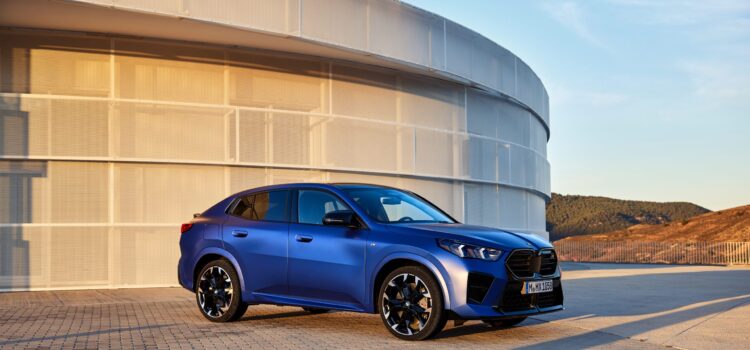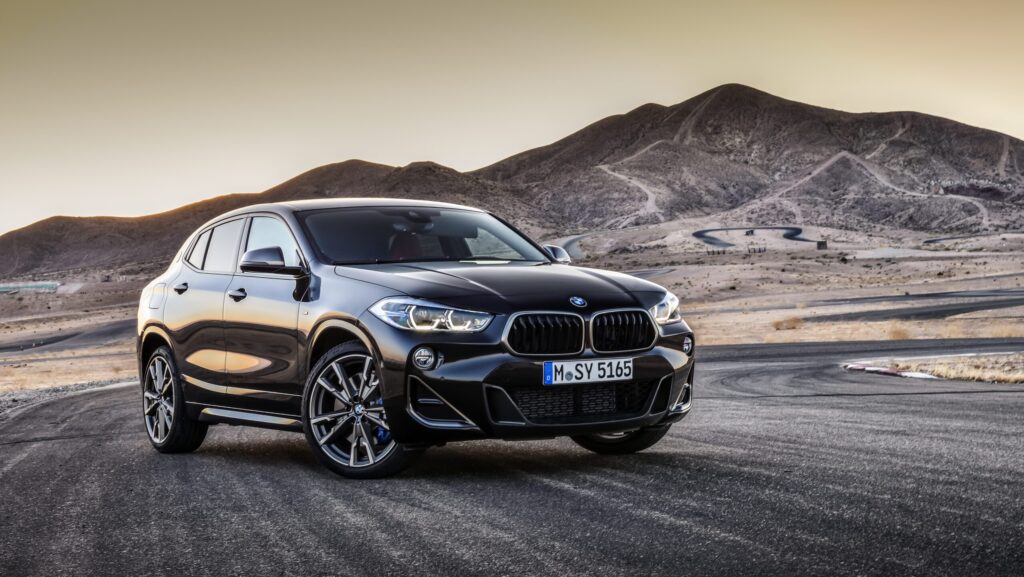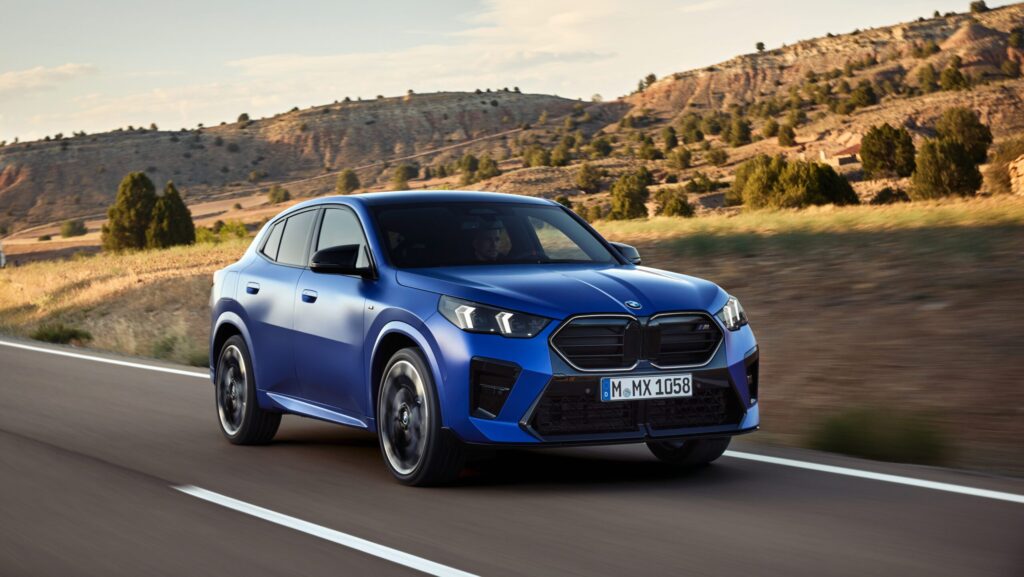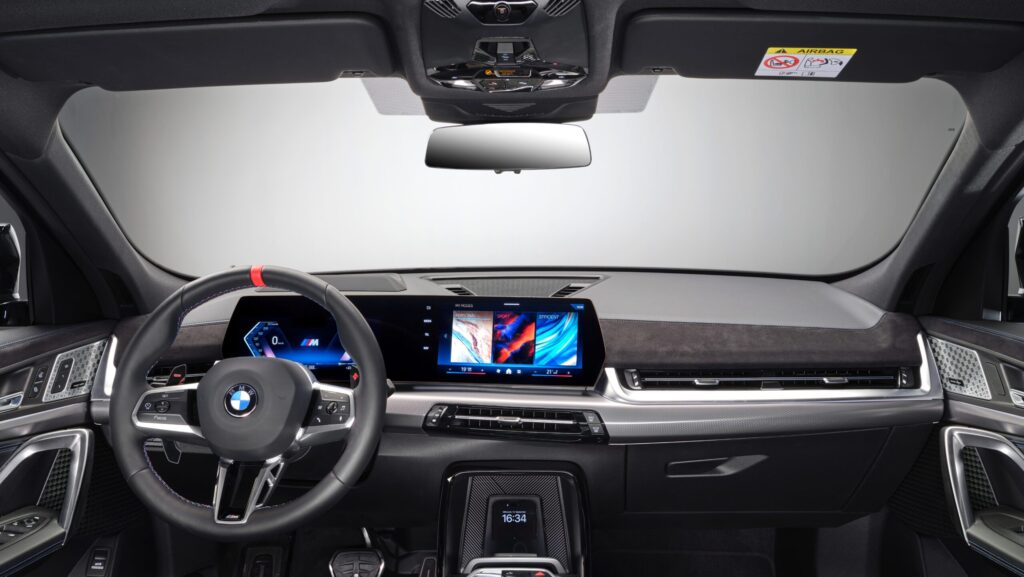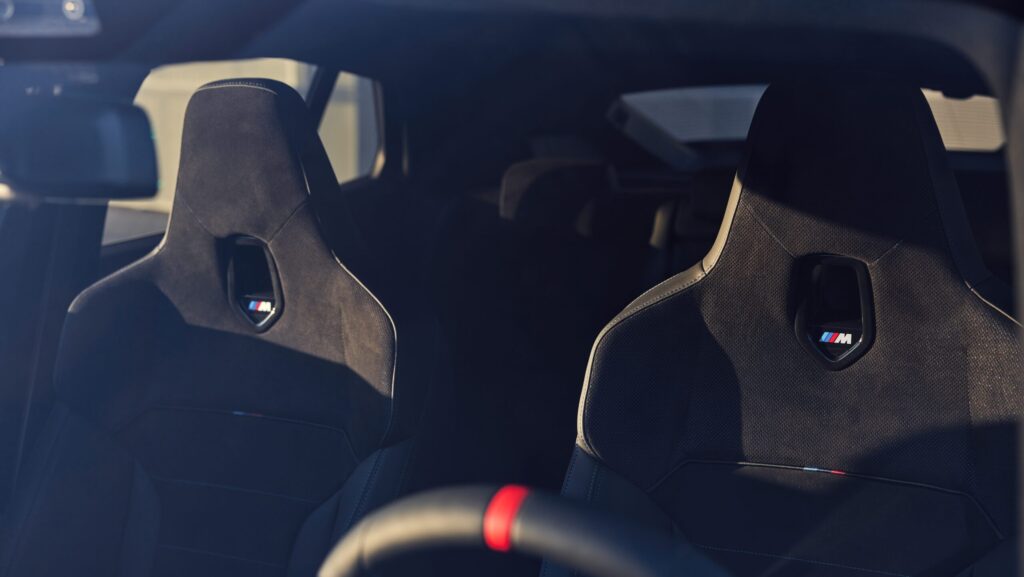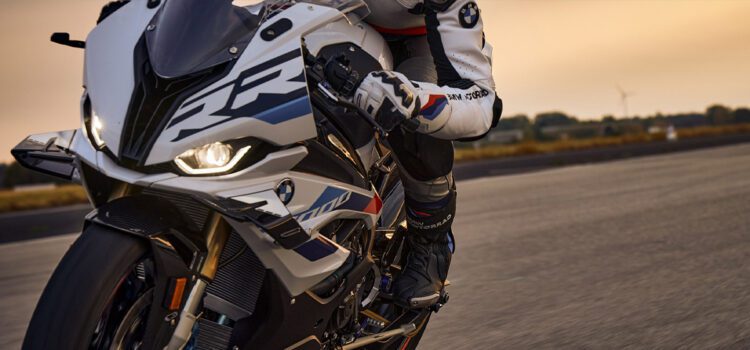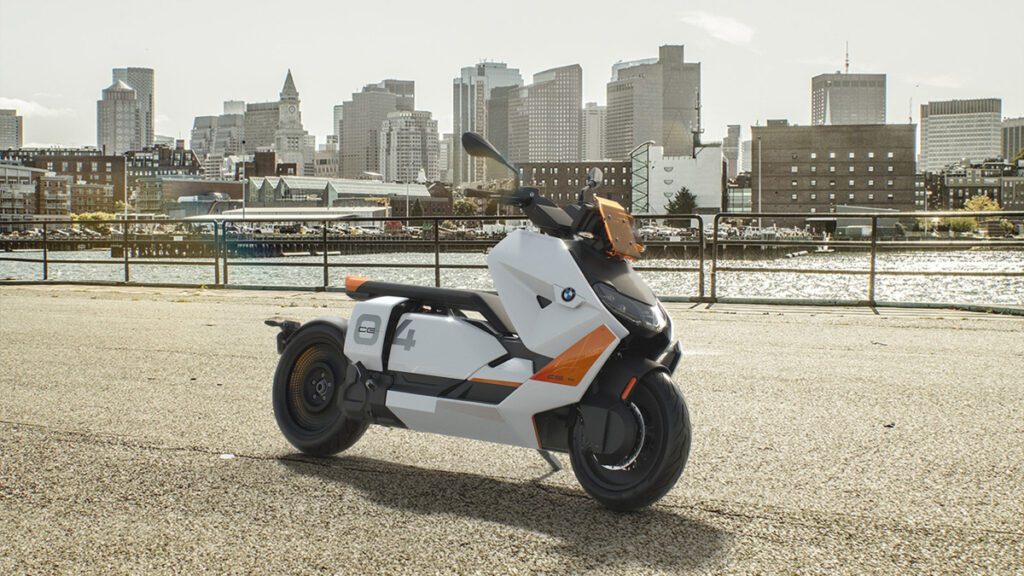The BMW E92 M3 is a modern classic immortalized by a fervent V8
The BMW M3 has been synonymous with performance since its inception in the 1980s. It was born from the company’s need to homologate a new car for Group A touring car racing. It went on to be the most successful touring car in history and has gone on for six generations over the past thirty-six years. And even though BMW has made changes along the way, it mostly stuck to the same formula that made it so successful. As much as I’d like to sit and ramble about the different generations, for the purposes of this article, I’ll be focusing on the fourth-generation BMW E92 M3. It could be said that it was the peak of M3 production, a type of car that BMW simply can’t make today because of regulations. And I think they knew then they built it, a kind of swan song, paying homage to all the M3s that came before it. But let’s dive in and see if it’s worth snagging that E92 M3 for sale from your friendly neighborhood car-buying sites.
Skip to section:
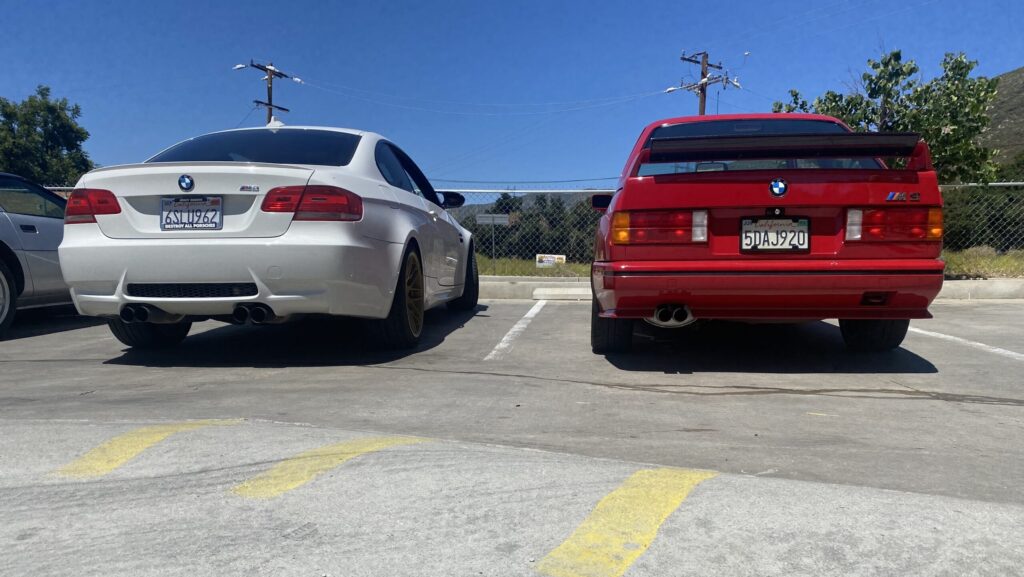
Prices and specs
The majority of fourth-generation M3s sold were well-optioned. So, a lot of cars are going to have leather seats, iDrive with navigation, and other fancy luxury items you might find in the mid-aughts, like heated seats and those cool power folding mirrors. Remember, it’s an older car, so there is no CarPlay or Android Auto without aftermarket modification. Electronic damping control (EDC) was also common. The coupes came standard with a carbon fiber roof unless they were ordered with a sunroof. In 2010, BMW released the Competition Package. It featured a 10mm lower ride height, a different set of parameters for the electronic damping control, and a set of wheels specific to the Competition Package.
| New prices (2008 to 2013): | $56,500 to $62,845 |
| Approximate used prices: | $25,000 to $45,000 |
| Engines choices: | 4.0-liter DOHC V8 |
| Transmission choices: | 6-speed manual, 7-speed dual-clutch automatic |
| Drivetrain choices: | Rear-wheel drive |
| Power: | 414 horsepower |
| Torque: | 295 pound-feet |
| Weight: | 3,704 pounds |
| 0-to-60 mph: | 4.3 to 4.7 seconds |
| 1/4-mile: | 12.6 seconds |
| MPG: | 14 city, 20 highway, 16 combined |
| Fuel capacity: | 16.6 gallons |
The V8 engine, dubbed S65, was based on the S85 V10 used in the 2004 to 2010 E60 M5, with minor changes to improve reliability and reduce weight. It spewed out 414 horsepower at a dizzyingly high 8,400 rpm and 295 pound-feet of torque at a still-kind-of-high 3,900 rpm. It also weighed 33 pounds less than the inline-six it replaced. It has eight individual throttle bodies controlled by two electronic actuators with a massive air plenum perched atop and a set of equal-length, four-to-one headers for the exhaust. You could have the car with your choice of either a six-speed manual transmission or BMW’s then-new seven-speed DCT, which were both equipped with a transmission cooler. A limited-slip differential was standard, christened “M variable differential lock.”


The price of a used M3 from this generation has been on the rise lately, even before it made Hargety’s Bull Market list this year. Depending on condition, mileage, maintenance records, and options, they can run anywhere from $25,000 to $45,000. Generally, cars with fewer options demand a higher price, especially “single hump” cars without navigation, referring to the dashboard construction. The lack-of-a-sunroof “slick top” will also cost you extra, especially for E90 sedans. And if you’re the kind of person who wants a unique color, that’s also going to add a few dollars to the price. But if you don’t mind cars that have 100,000 miles or more and are a common color, a well-maintained example will set you back $25,000 to $30,000 in today’s market.
Oh yeah. There were technically three members of the E9x family. There is the popular E92 coupe and the far less common and arguably less sought-after E93 Cabrio and E90 sedan.


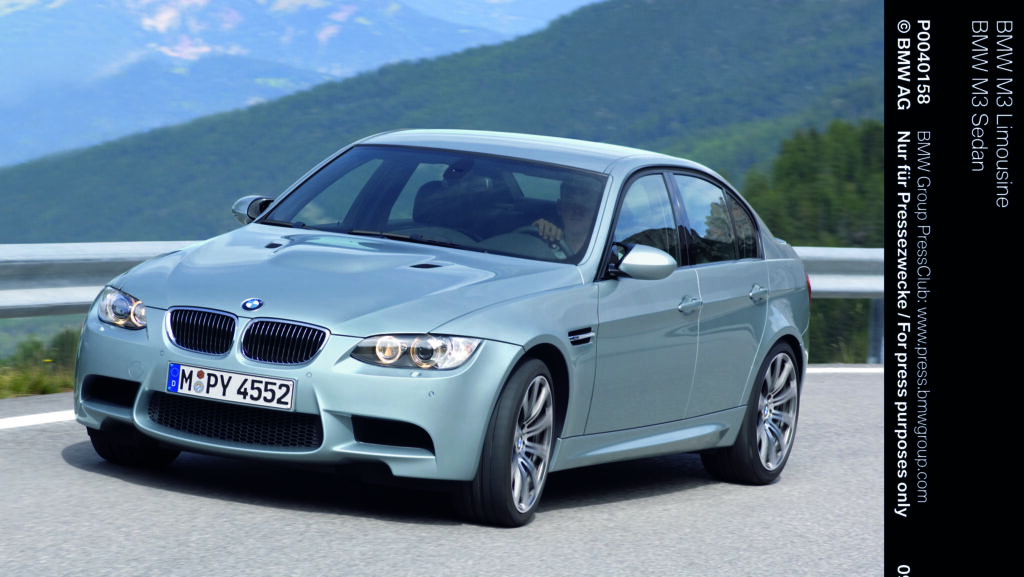
| What’s hot? | – Bonkers V8 engine – Balanced chassis – Rewarding drive – Resilient on and off the track – Shockingly versatile for everyday use – Abundant aftermarket support |
Review round-up
I’ve always been a fan of history, and taking a look back to see what the professional opinion havers (auto journalists) and consumers thought of the M3 was entertaining. Unbeknownst to me, the car was met with extremely high praise from everyone who reviewed it—finding only a handful of small issues. Fuel economy, which I can attest to, is nothing to write home about. The addicting sounds bellowing from the engine certainly don’t help keep your foot off the throttle.
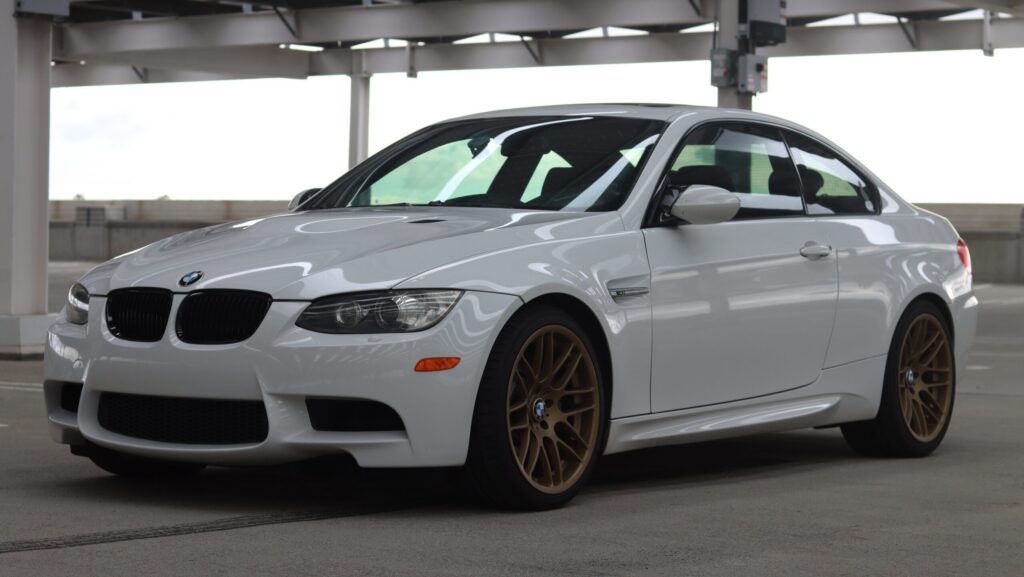
“Our M3 was a sedate and luxurious sedan as well as a supremely rewarding driving machine. Docile in inclement weather and smooth enough to transport your grandparents (if you can resist temptation), the M3 was equally primed for backcountry road-smash mode, where it would fire every synapse in your brain related to driving pleasure. And then you’d find the M Drive button, which holds your preferred throttle, traction, and damping settings. With one press, everything somehow managed to get better. This is the M3’s genius. There are faster cars, yes, and there are a few that are more rewarding to drive. But of those, we challenge you to find one that combines speed, thrill, and daily driving duties as deftly as the M3.”
Carlos Lago, Motor Trend 2009 BMW M3 verdict
“With the M3’s many buttons, you can make of it what you want: loafing commuter, track animal, high-speed touring express. But no matter how you set it, the M3 astounds. There’s more front-end grip than most people have the guts to exploit, the steering wheel able to carve perfectly elliptical arcs up a winding road at foolish speeds. Where the 911 battles each corner, sometimes in a nerve-jangling sine wave of alternating grip and push, the M3 is dead calm.”
Aaron Robinson, Car and Driver 2009 Porsche 911 Vs. 2009 BMW M3
“Not exactly a lightweight at an estimated 3650 lb., needs more than just a carbon-fiber roof panel to be race ready — although from the performance numbers and driver’s seat it would be hard to tell the M3 is heavy. It feels light and agile. Getting the car to its limits feels smooth and progressive. Few cars combine this level of performance with such docile behavior.”
Shaun Bailey, Road and Track 2008 BMW M3 road test
“A car has got to be pretty spectacular to win over the curmudgeons here at 1585 Eisenhower Place, especially when familiarity sets in over the course of 40,000 miles. But our Sparkling Graphite Metallic M3 did indeed win us over. For less than $70,000, the M3 bolts from a standstill to 60 mph in 4.3 seconds and turns the quarter-mile in 12.7 seconds at 113 mph. It pulls an exceptional 0.96 g on the skidpad, stops in 147 feet from 70 mph, and reaches a governor-restricted 161 mph. On a racetrack or a back road, it’s a beautifully balanced and hugely entertaining machine.”
Mark Gilles, Car and Driver 2008 M3 long-term wrap up
“I am a proud owner of a BMW M3 and I enjoy driving my vehicle whenever I have the chance. Starting off with the exterior of the M3. My M3 is white, and I absolutely love looking at it from a distance and also when I walk away… kinda creeps some people off, haha. Moving on to the interior cabin. Very nice black leather with the signature BMW stitching on the steering wheel. The navigation systems could use some work. First-time users such as myself would have a difficult time unless you are technology savvy. This is my first BMW, and I am very impressed with the styling, detail of the vehicle, and the way it drives. It truly is the ultimate driving machine. The description of my driving experience isn’t included in my review simply because you have to drive it to experience it yourself. Go test drive an M3 now what are you waiting for!?”
Consumer review of a 2013 M3 Kelley Blue Book
“I purchased this car used in August of 2014 with 16,000 original miles. I have owned a 2004 M3 and a 2008 M3. This is by far one of the most exciting cars to drive that I have ever owned. The car is bulletproof. This is the last naturally aspirated V-8 made on the M3 platform. BMW changing (in my opinion) back to the straight six-cylinder was a huge mistake. This car is a 13-point Dinan-equipped car. Nothing but positive comments about the looks, engine sounds, and overall styling. Do yourself a favor if you are considering this car… Just drive one. Not cheap to maintain or fix, but worth every penny!”
Consumer review of a 2009 M3 Kelley Blue Book
“Handles great, love the engine sound and performance. Spent a lot of time in the shop, though. Dual-clutch broke, navigation broke, blue tooth broke, passenger seat controls broke, rear differential fluid needed to be replaced, etc. My nav has been broken for almost a year and says, ‘please wait,’ indefinitely every time I try to use it. The service deparment claims that their tests show that it is working fine! Not worth the hassle in my opinion.”
Consumer review of a 2011 M3 Kelley Blue Book
“Meets all expectations . Sporty and classy. Definitely a head turner. I receive compliments from total strangers. People are still impressed with the retractable roof. I feel this car is undervalued. Purchased used for 30k with only 40k miles. Great price. I will get years out of this car. Very impressed with the handling and pick-up.”
Consumer review of a 2013 M3 Kelley Blue Book
The other slap on the wrist was the early and somewhat clunky iDrive unit in the 2008 models. This was replaced in 2009 when the car underwent one of BMW’s famous LCI (facelift) updates, making the system much more user-friendly. Even the average consumer gave the car stellar reviews. They loved it for its style, performance, and overall usability for a sedan that keeps up with outright sports cars. However, as I’m sure you could see in a couple of those consumer reviews, there were reports of this German car doing stereotypical German car things. No one is perfect, I suppose.
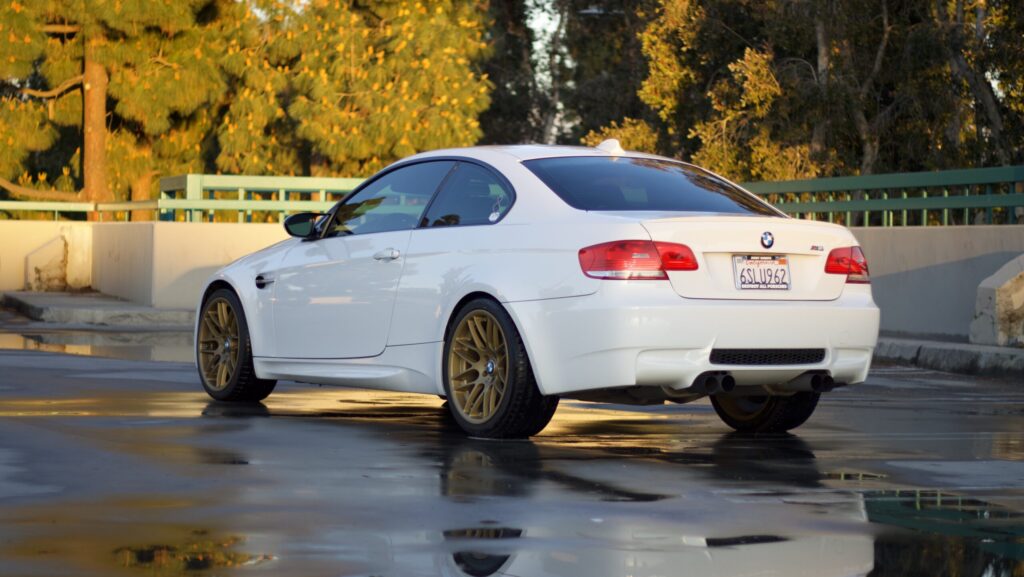
Driving and ownership impressions
The commute
Working as an automotive technician has given me the opportunity to drive a plethora of different cars, including different generations of M3. But it wasn’t until I bought my own 2009 E92 M3 two years ago that I really got to know what it was like to own one.
As a daily driver, I found it better than expected. Plenty of useable space for dogs, kids, groceries, or whatever homeowner crap I bought from Home Depot. It deals with my twenty-mile commute without a problem. With the suspension set in comfort mode, it soaked up most of the cracks, divots, and expansion joints that pepper the 57 and 91 freeways. Everything about the interior was well thought out. The controls are intuitive and have a solid feel to them. The seats, even with the obvious bolstering, are comfortable on long trips. Of course, it’s helpful that they have adjustable bolsters and power lumbar support.
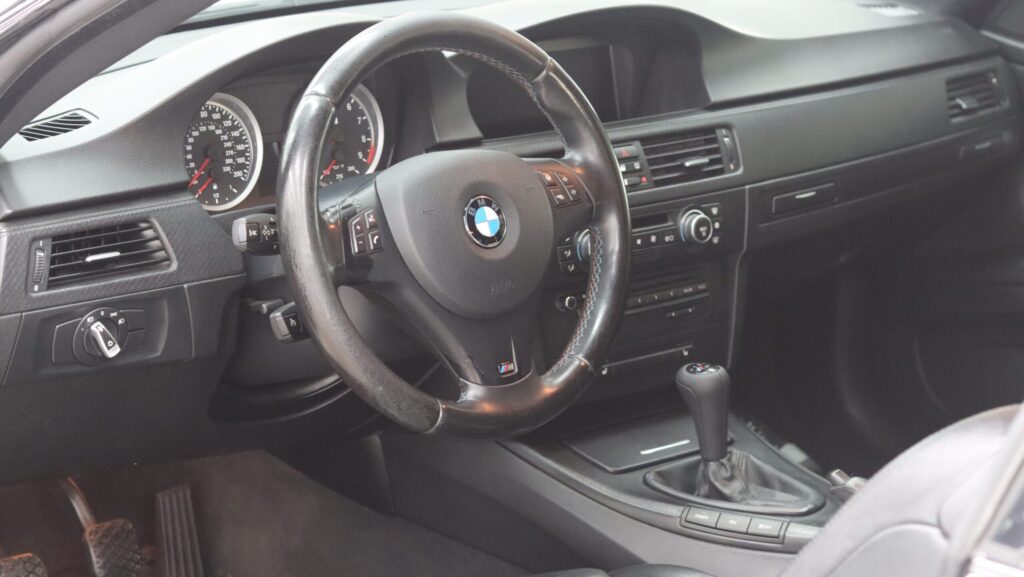
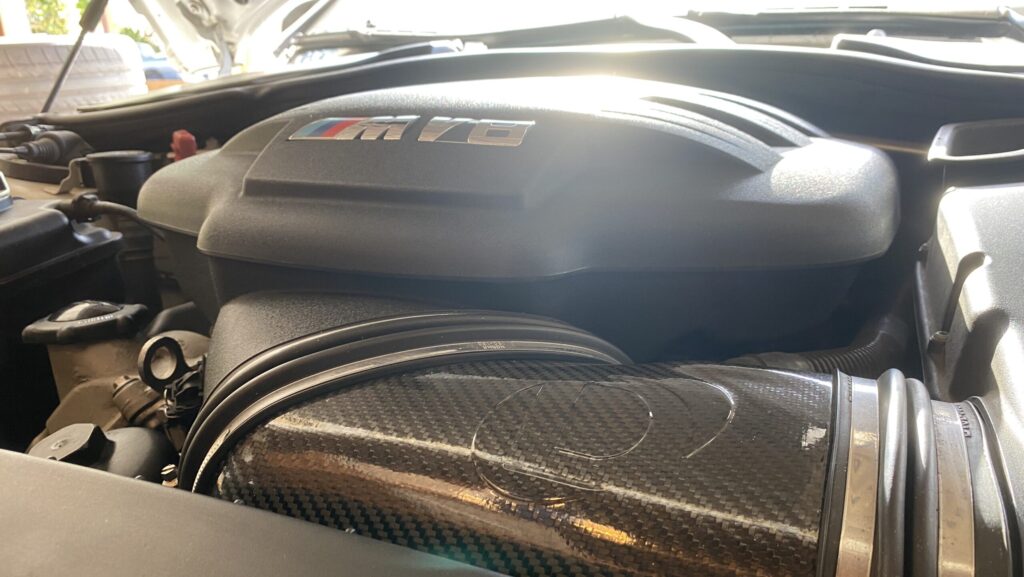
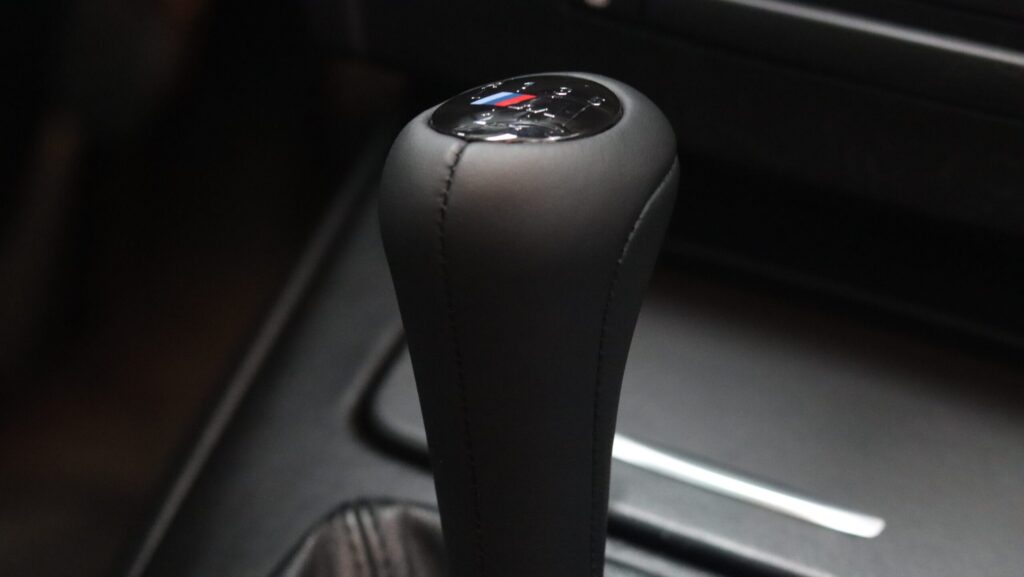
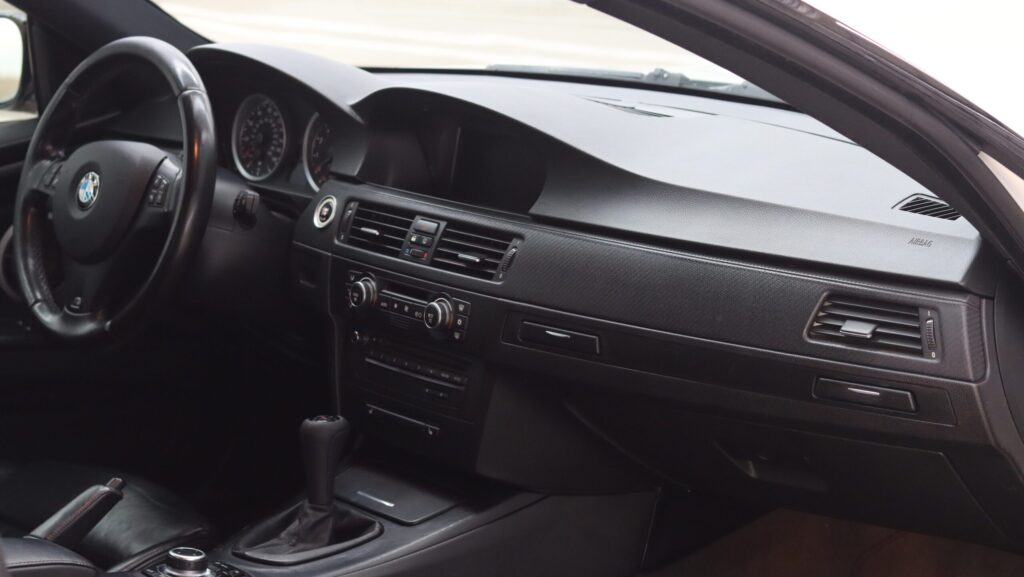
If it weren’t for the outdated iDrive system, you wouldn’t think you were sitting in a car that debuted in 2008. However, despite its inability to link to a newer iPhone, the infotainment system still does the job. You just have to plug into the auxiliary port if you want to stream from your phone unless it’s a 2011, and then you can just stream using Bluetooth. Even the cup holders provide a perfectly adequate place to put your morning coffee. And by adequate, I mean I’ve never inadvertently spilled anything. Plus, on those rare mornings when the freeway is wide open, you can get to work really fast. Really fast.
While the M3 functions just fine as a commuter, there are better cars for that, which is why it’s been replaced with a Nissan Leaf. This car was purchased for two reasons: Explore the vast and wonderful canyons and backroads of Southern California and turn laps at the track.
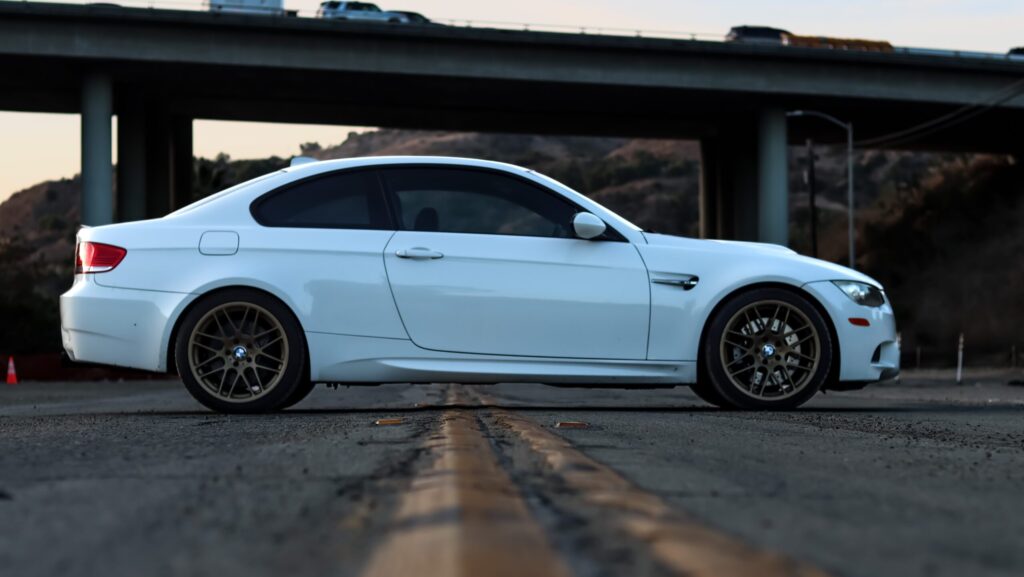
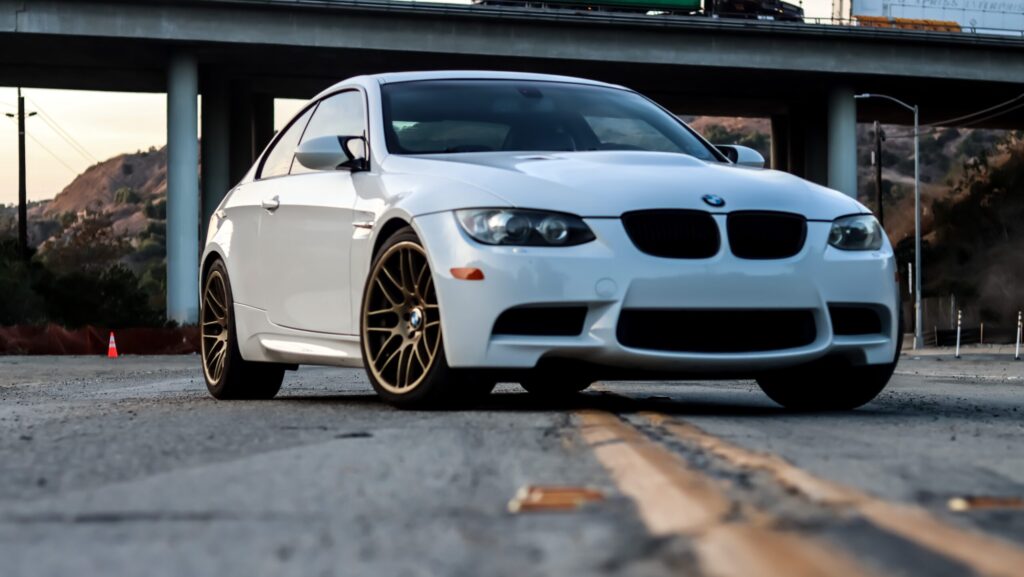
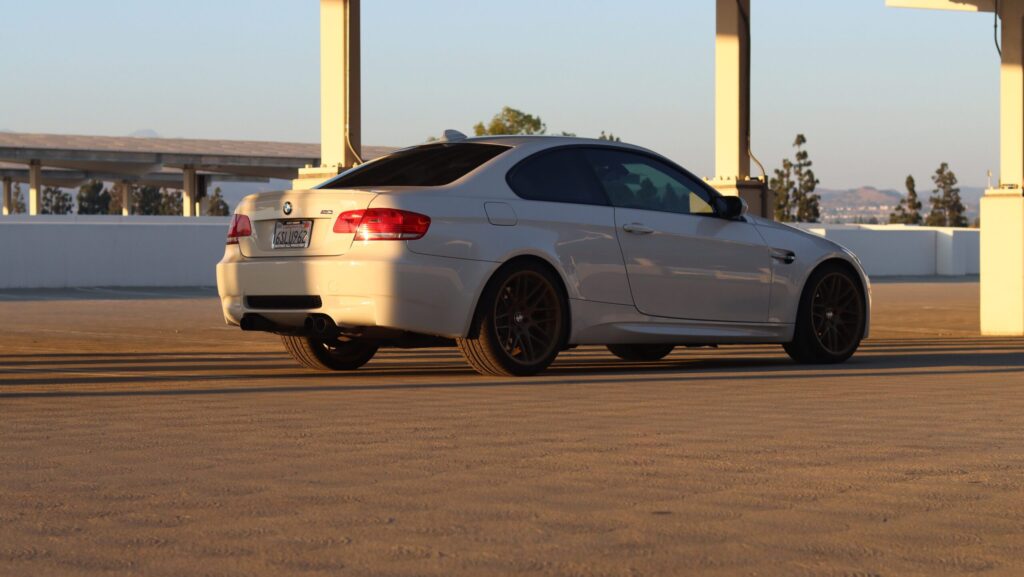
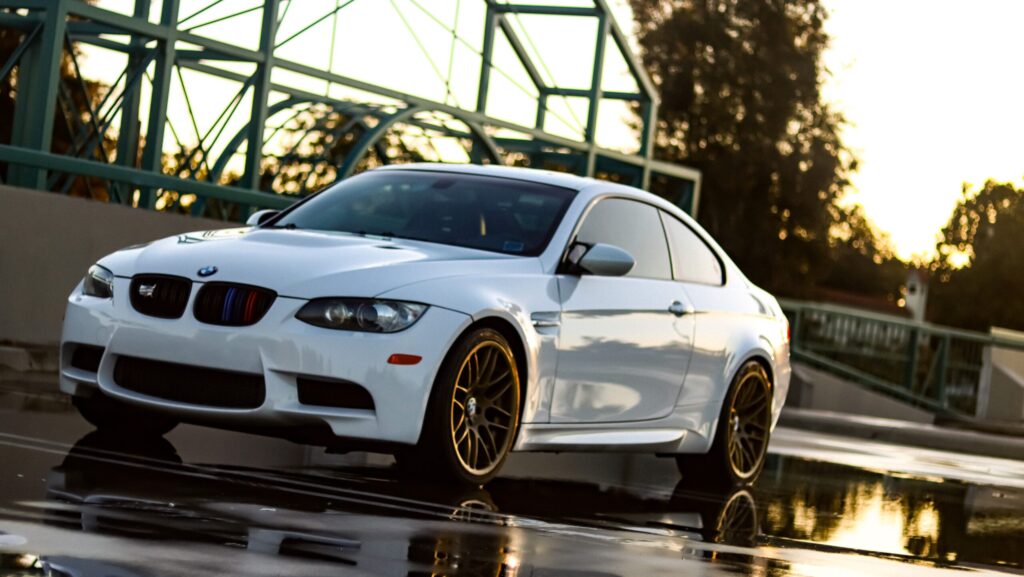
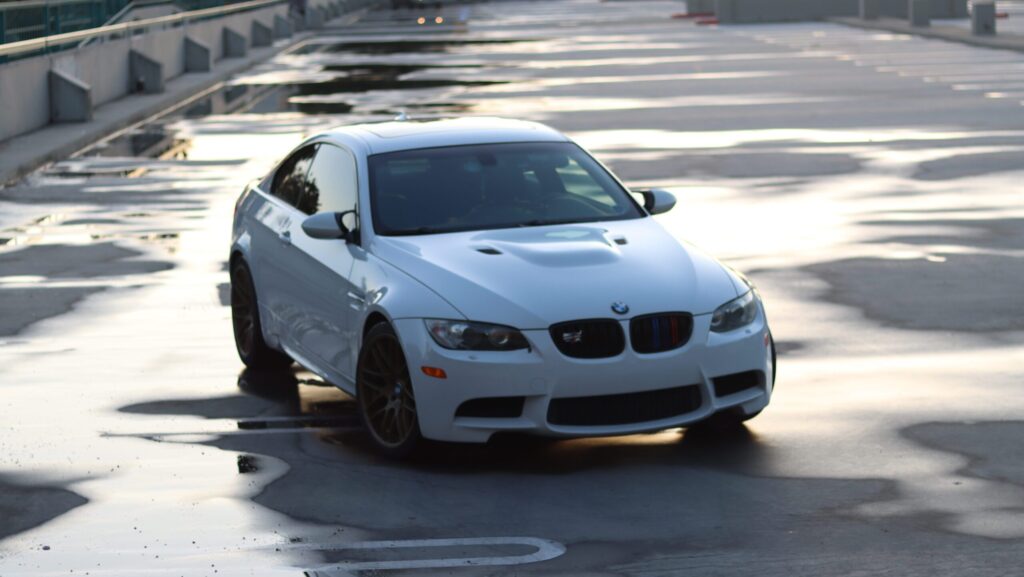
In the canyons and at the track
This car is the last of the old guard. An M3 powered by a high-strung naturally aspirated engine backed by a manual transmission. Driving it over the undulating ribbons of asphalt cutting through the mountains behind Los Angeles is one of the rare events everyone needs to experience.
The V8 fills your ears with the abundant sound of induction and exhaust as you push into third gear headed toward a fast-approaching corner. The talkative hydraulic power steering lets you know what the front end is up to as you turn in after a dab of braking. You can feel the tires grabbing hold of the asphalt, and even mid-corner adjustments are effortless. The brakes are responsive without being overly grabby, and you’ll be hard-pressed to overheat them on the street. The whole car feels composed and, despite its weight, agile. Visceral sensations abound, even at what one might call reasonable speeds in a canyon setting. It’s part of what makes the car so special. You don’t need to push it to enjoy it. The character that comes from the drivetrain makes the car feel alive regardless of your pace.
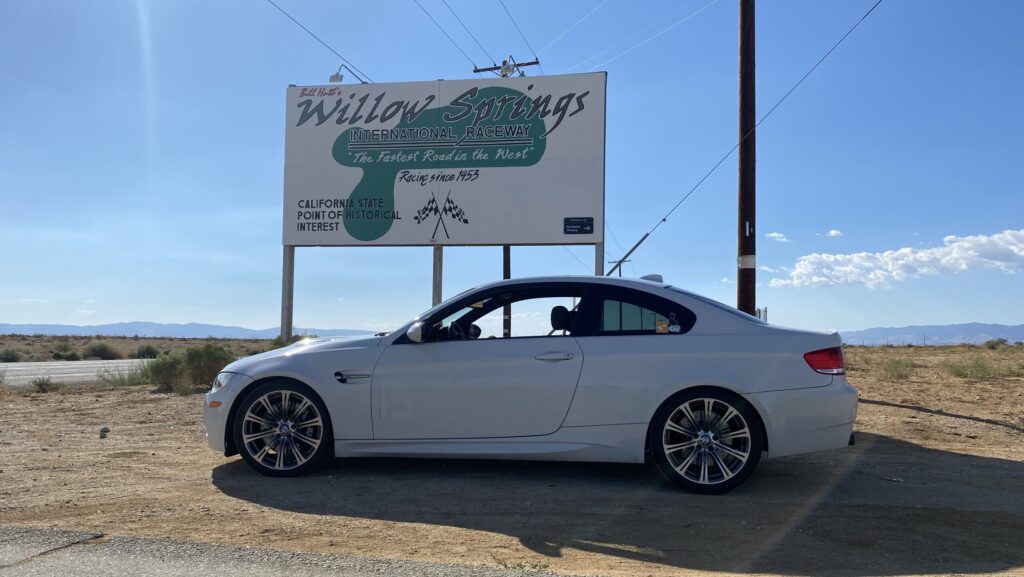
In my mind, having a car like an M3 and not taking it to the track doesn’t make much sense. So, I took mine to the track as often as I could. As impressive as the car was in the canyons, it was even better on track. After a simple change to high-temperature brake pads and fluid, even with an amateur driver like myself behind the wheel, the car filled me with enough confidence to attack every corner with the ferocity of an angry badger. The chassis is balanced enough so that even when I overcooked a corner, there’s only a touch of understeer that was easily overcome. Heel-toe downshifts were handled easily, thanks to the on-point pedal spacing.
Even with 148,000 miles on the original suspension, it still held things together in the corners. Of course, with the weight of the car, there was some body roll when I pitched the car into a turn. The engine pulls and then pulls some more, and then it bounces off the rev limiter because I forgot to shift. But even after a day at the track, having pushed the car as close to its limits as I could, everything held together with no overheating, no brake fade, no matter how hard I sent it.
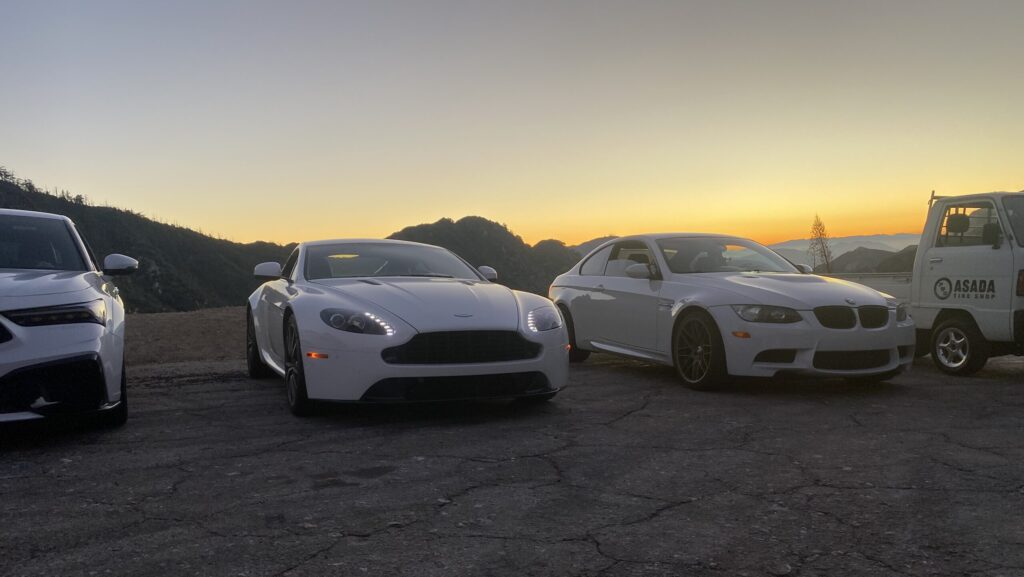
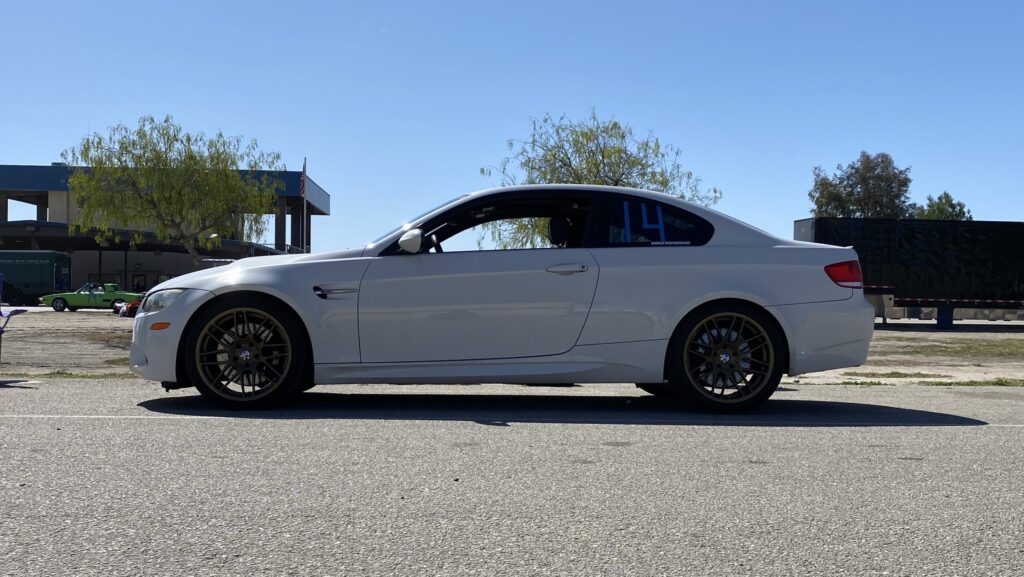
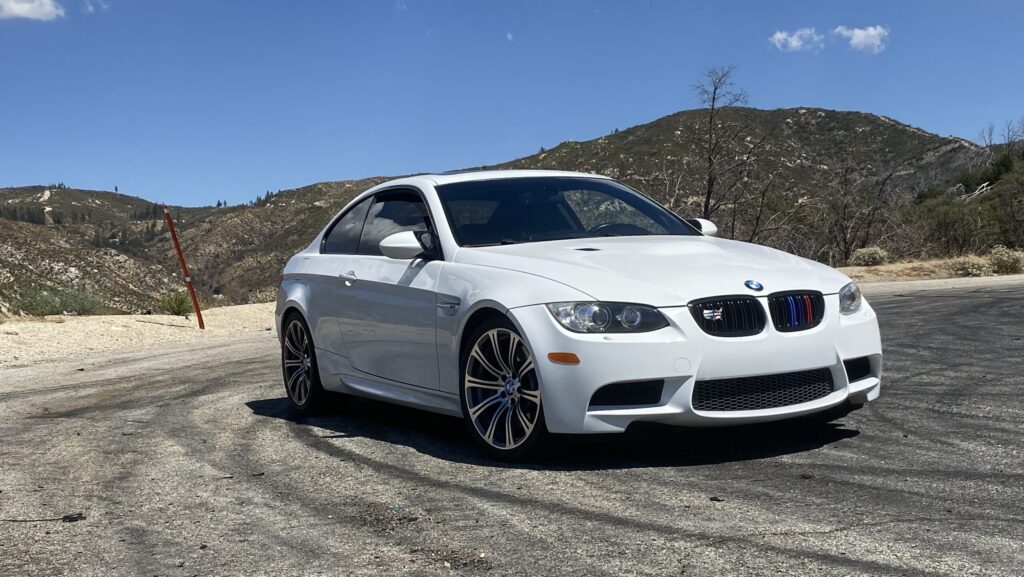

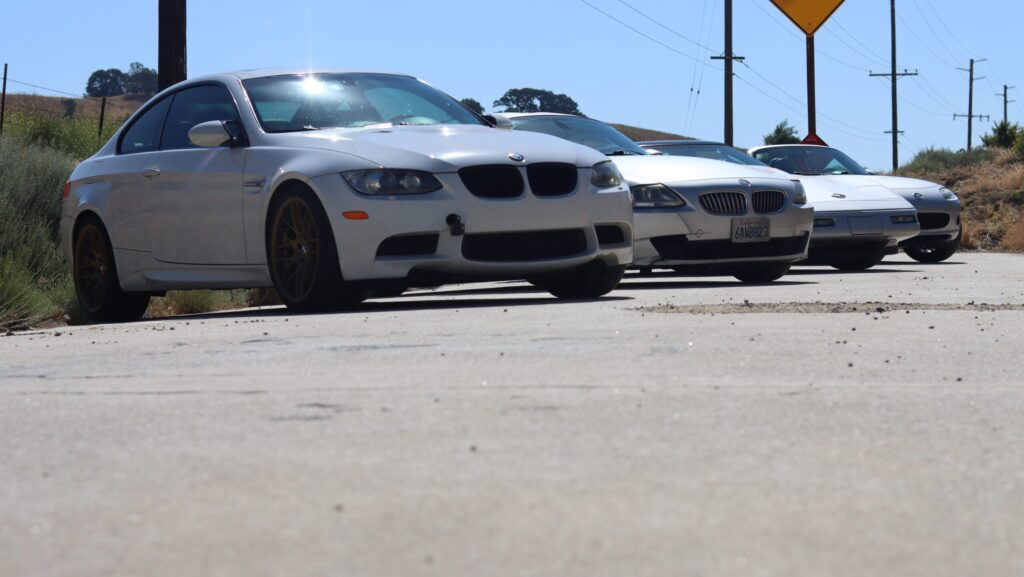
Keeping it running
Maintenance and repairs are the one thing everyone fears when they’re considering buying a used high-performance German car, so this section is a must. And I’m going to be straight with you here: it’s not the easiest car to work on, and parts certainly aren’t the cheapest. And yes, the rod bearings should be replaced. Mine certainly were. It’s a classic “better safe than sorry” situation because if you do spin a bearing, it takes down the whole engine. Mind you, the cost of a new engine outweighs the cost of replacing the rod bearings by a vast number of dollars.
That being said, I haven’t experienced any world-ending failures. Repairs have consisted of replacing gaskets to take care of oil leaks and replacing service items like spark plugs, drive belts, and air filters. Standard old car affairs. The most shocking bill came when I had to replace the brake rotors. Those massive 14-inch front and rear two-piece rotors were far from cheap. The parts cost me well over $1,000, including pads and fluid. And when it comes time for an oil change, don’t think you can just grab engine oil at any run-of-the-mill parts store. The S65 V8 uses a special 10W-60 synthetic oil that you either have to order from your chosen online European parts supplier or the dealership.
The good news is that just about anyone handy with a wrench will have no trouble taking care of one of these cars in their own garage. After all, it is based on an everyday 3-Series. Just set aside some extra time when dealing with the engine bay, as it’s a bit cramped. And if you’re into modifying your car, the aftermarket support is phenomenal. Whether it’s improving the suspension, the endless search for more power, or cosmetic changes you’re after. You better believe it exists.
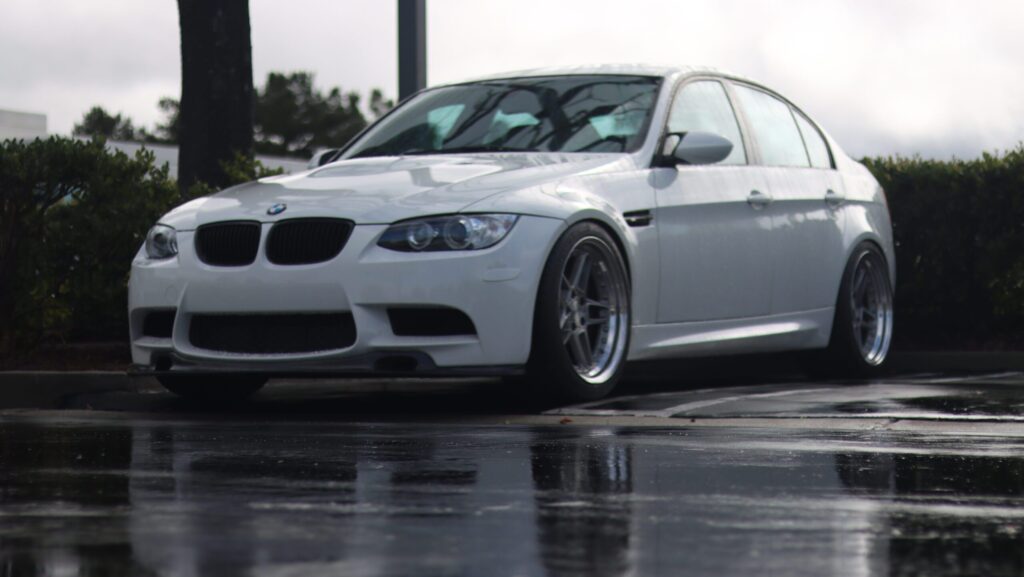
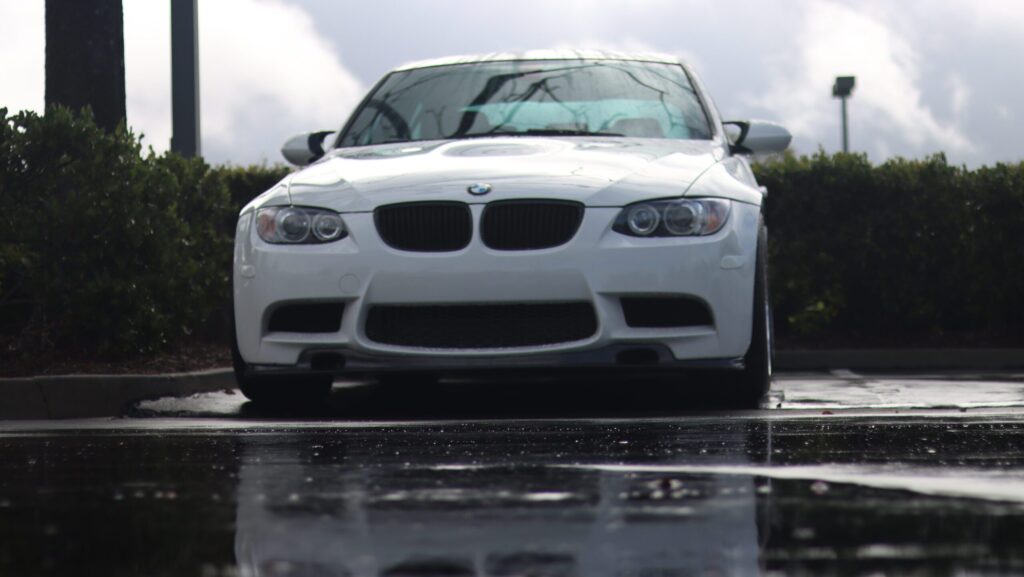
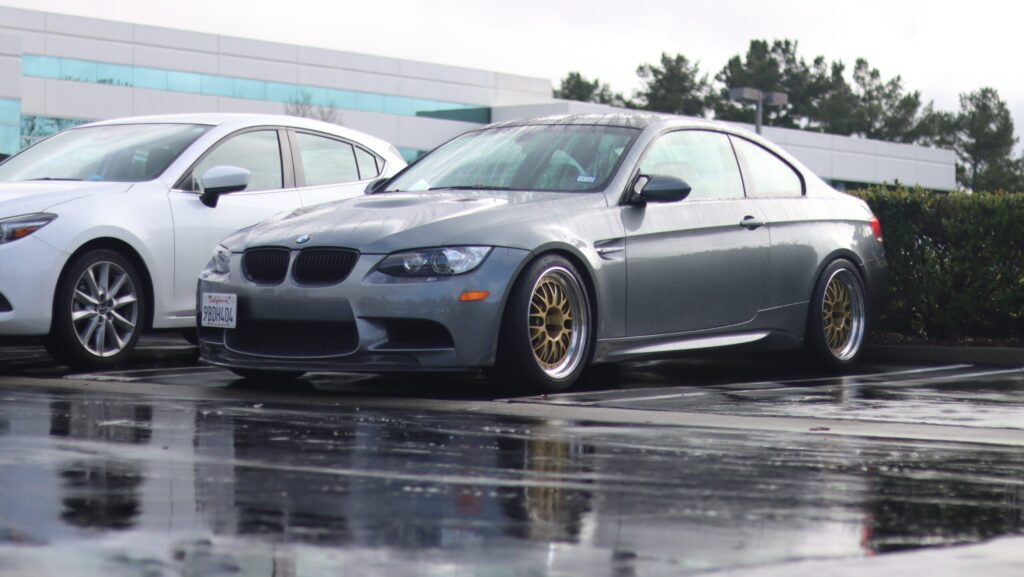
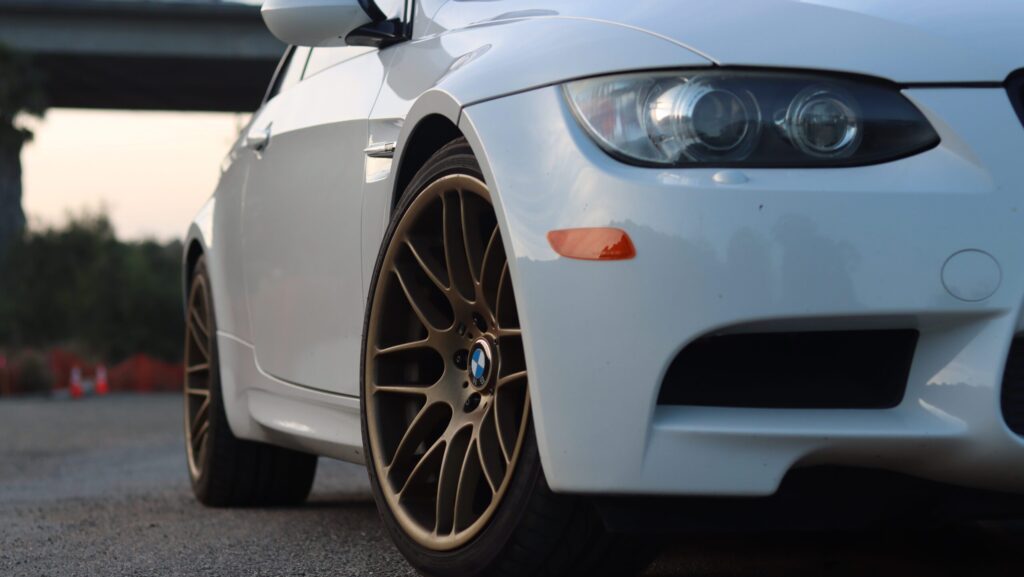
| What’s not? | – Atrocious fuel mileage – High cost of maintenance – Low front end likes to scrape on everything – Be wary of throttle body actuators and rod bearings in high-mile cars – Older platform means no CarPlay/Android Auto connectivity without mods |
Should you buy a used E92 M3?
The 2008 to 2013 BMW E92 M3 is not for the faint of heart. So that question really depends on what you’re after in a car. If you’re looking for something that gets great gas mileage, is cheap to maintain, and will simply function as a large, wheeled appliance, then no, you absolutely shouldn’t buy one. However, if you want a car that stirs your soul every time you get behind the wheel and you don’t mind putting up with the extra cost and effort to keep it going, then yes, you absolutely should. But you’d better hurry because they’ve already started to catch the eyes of collectors, and you don’t want to get priced out of the market.
